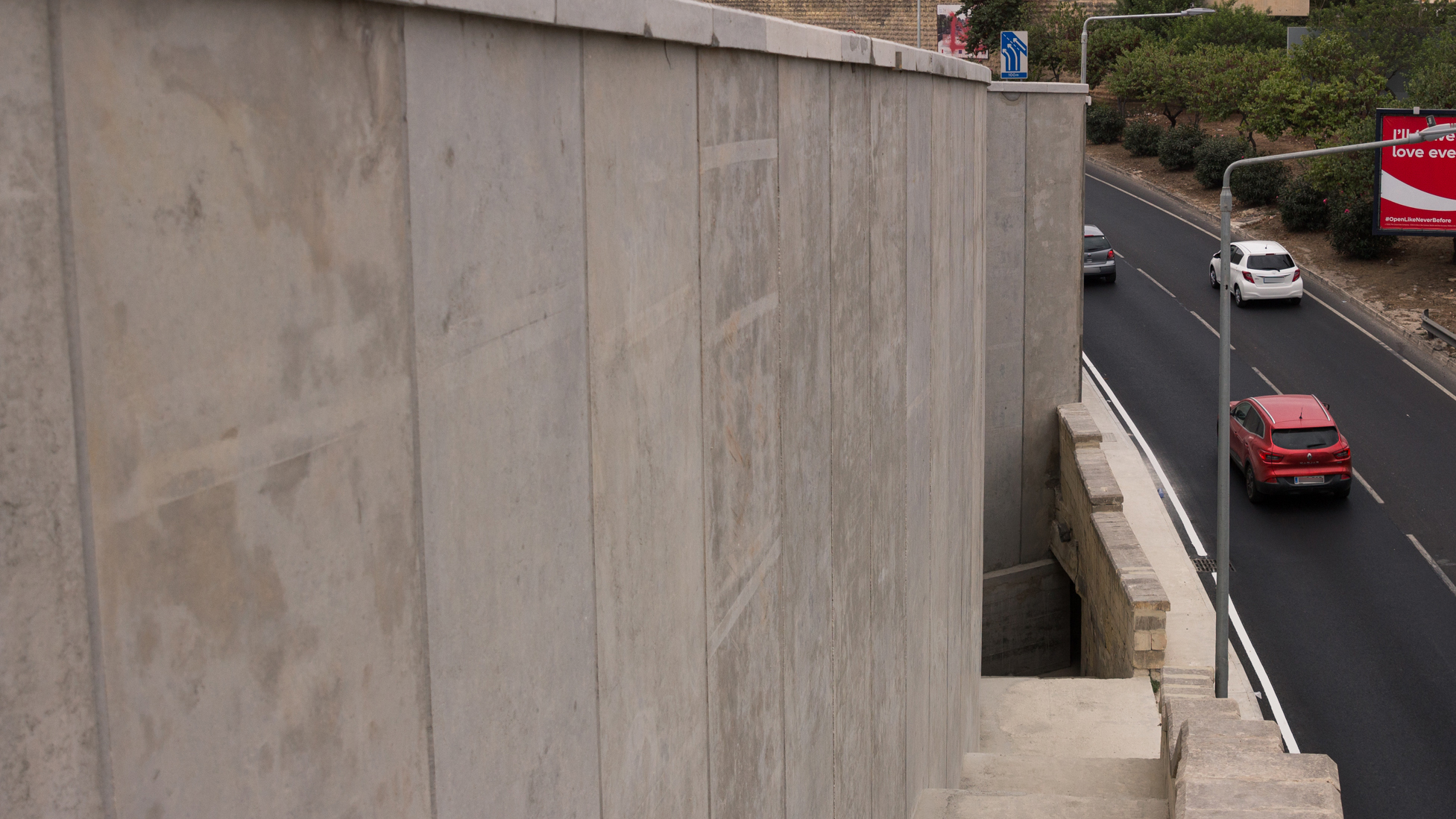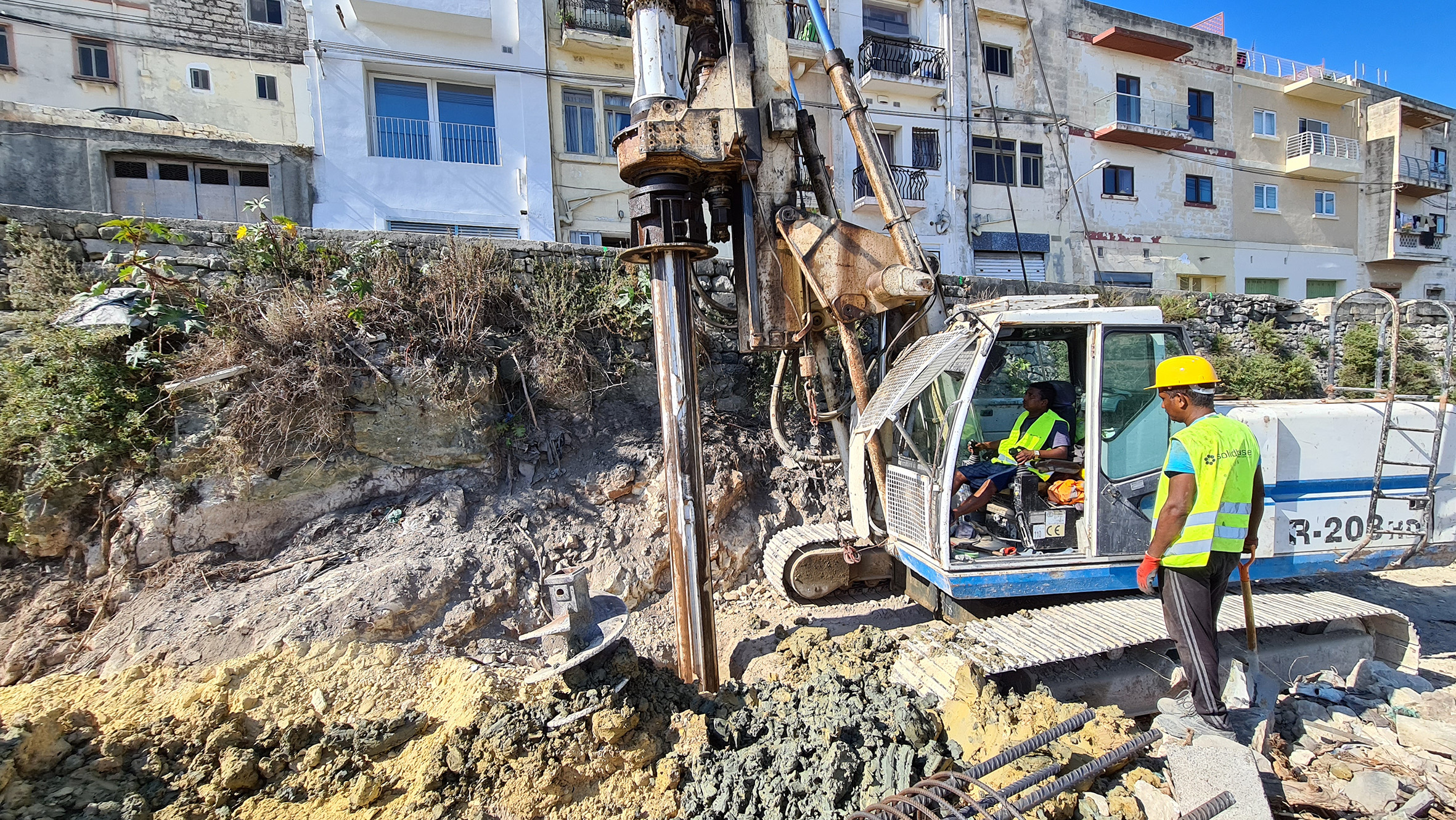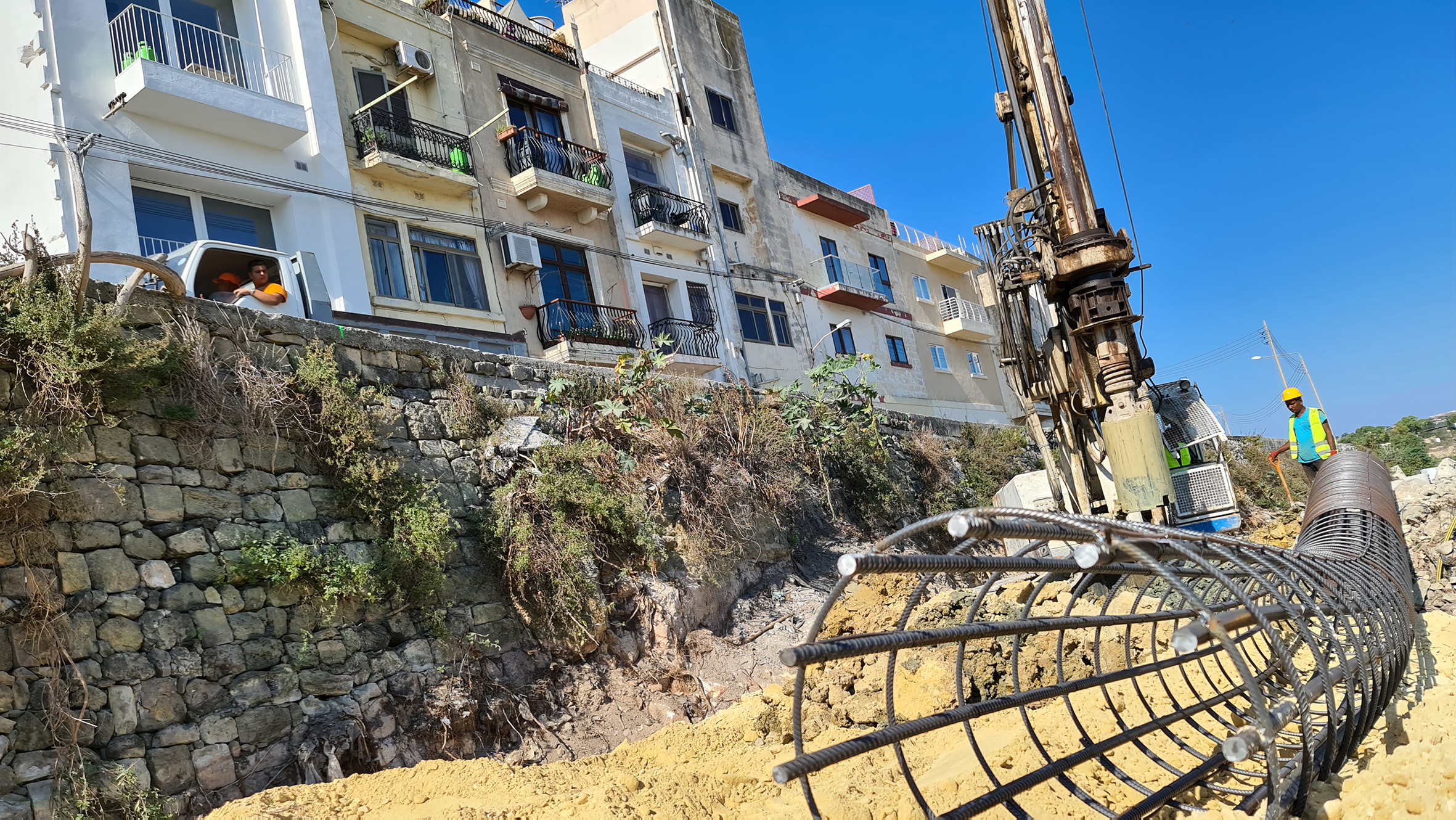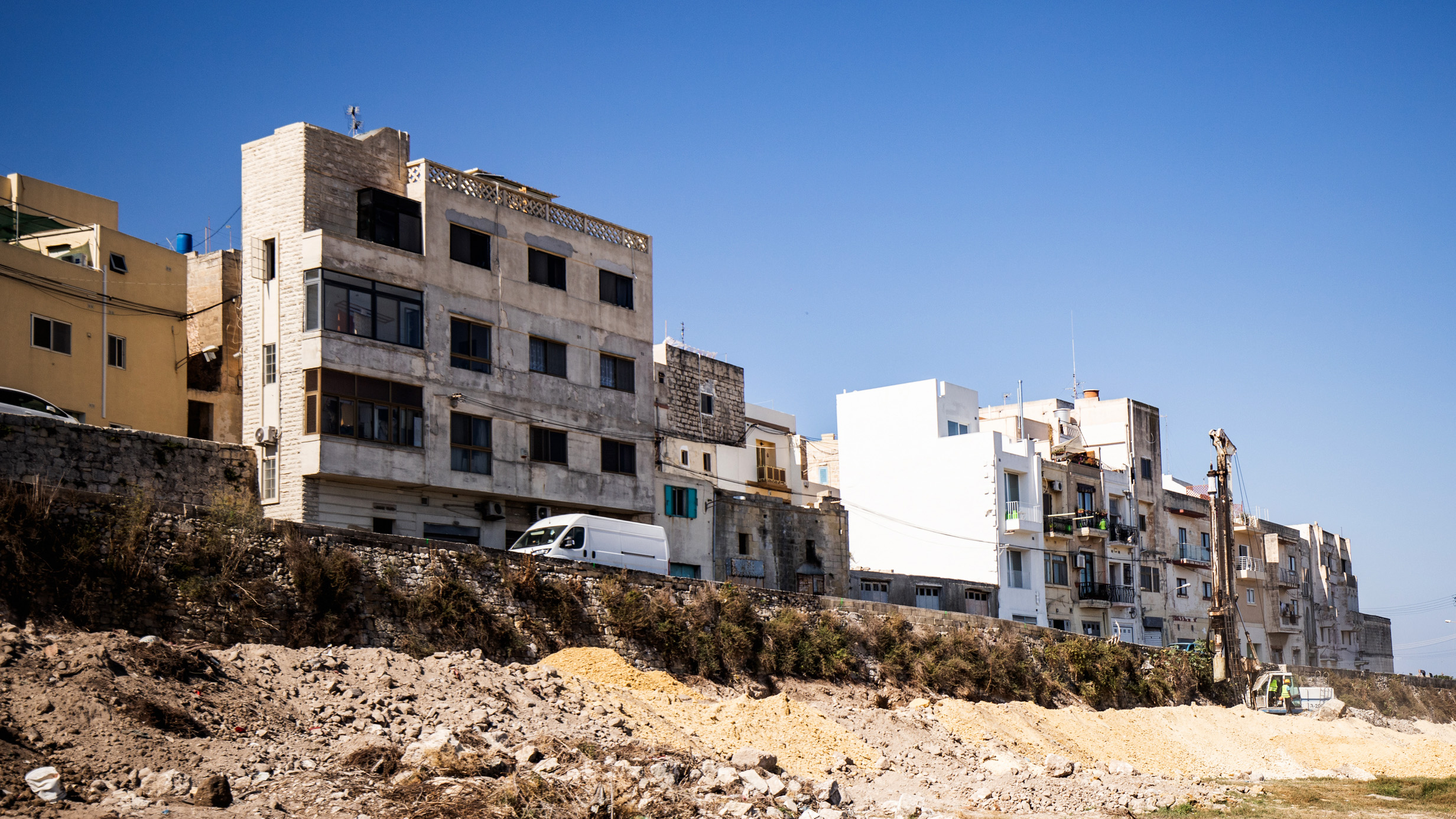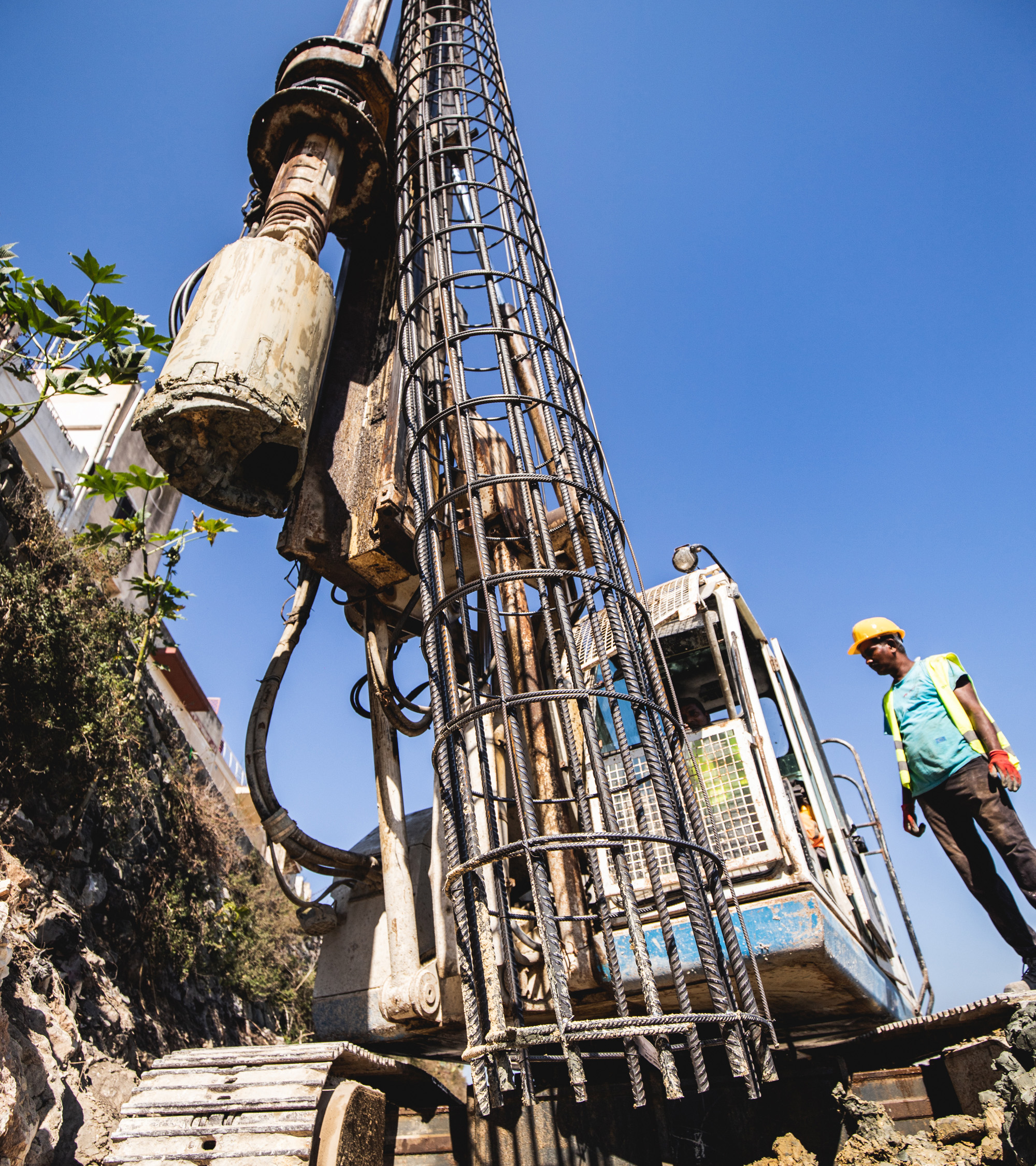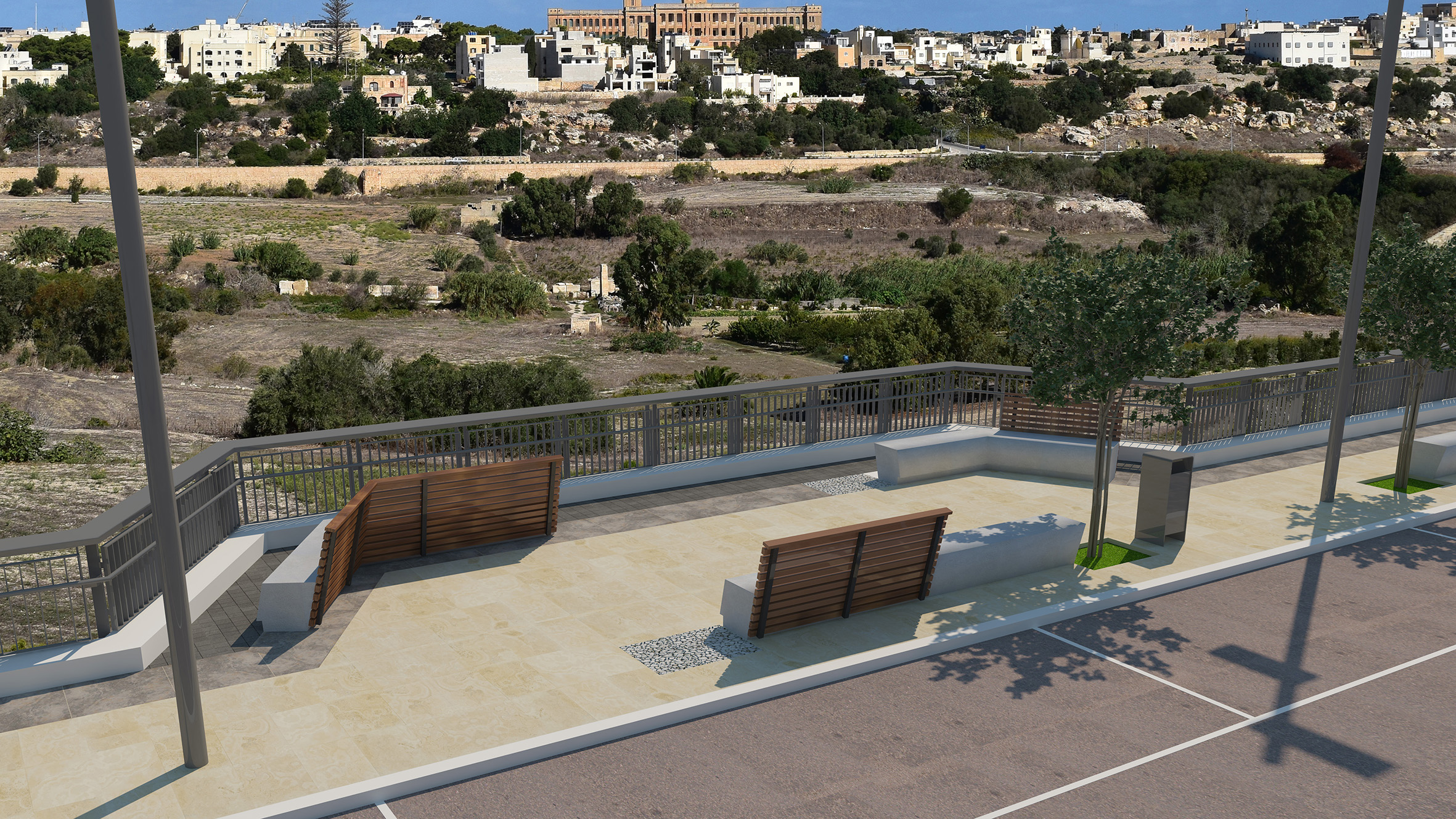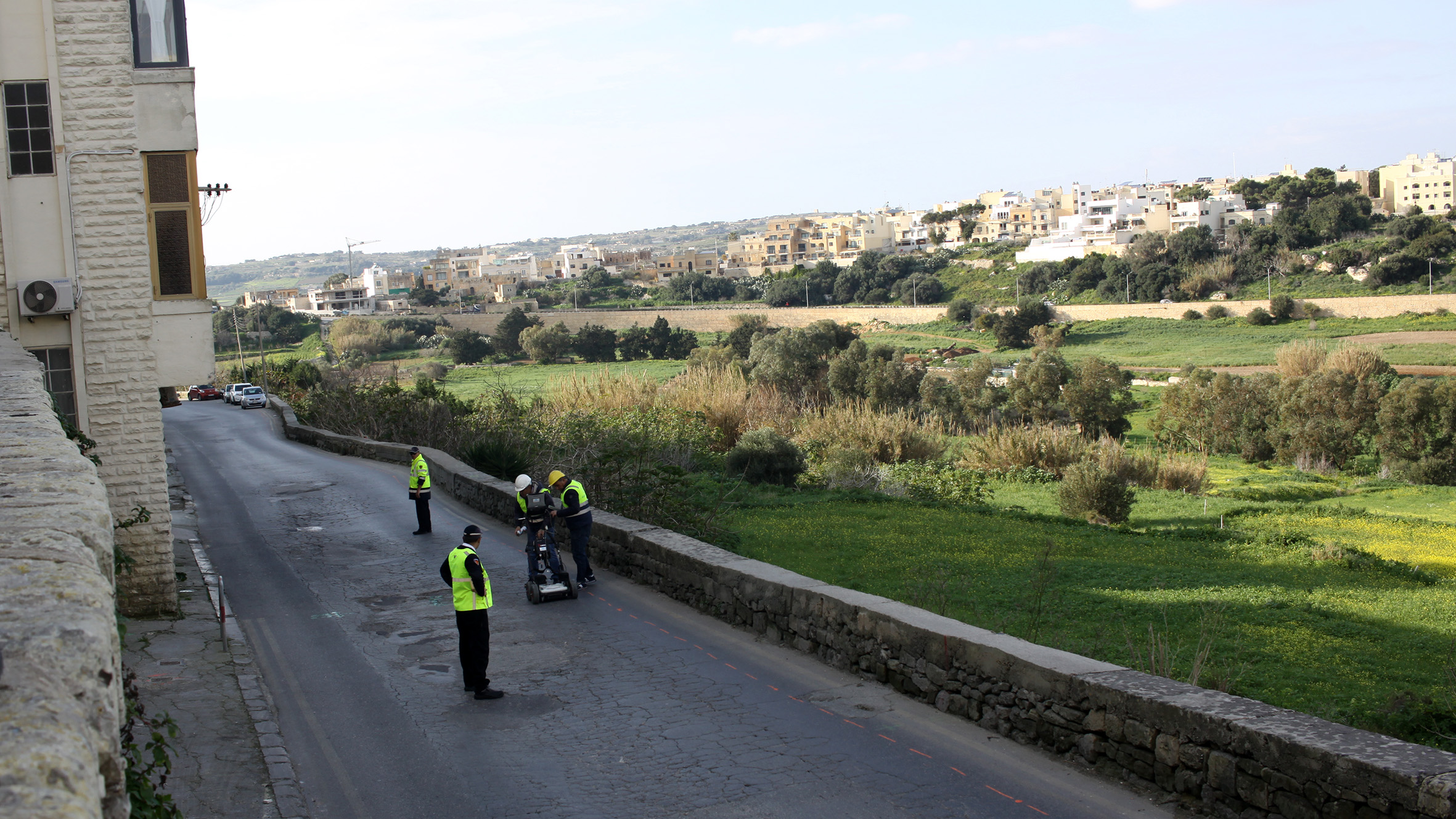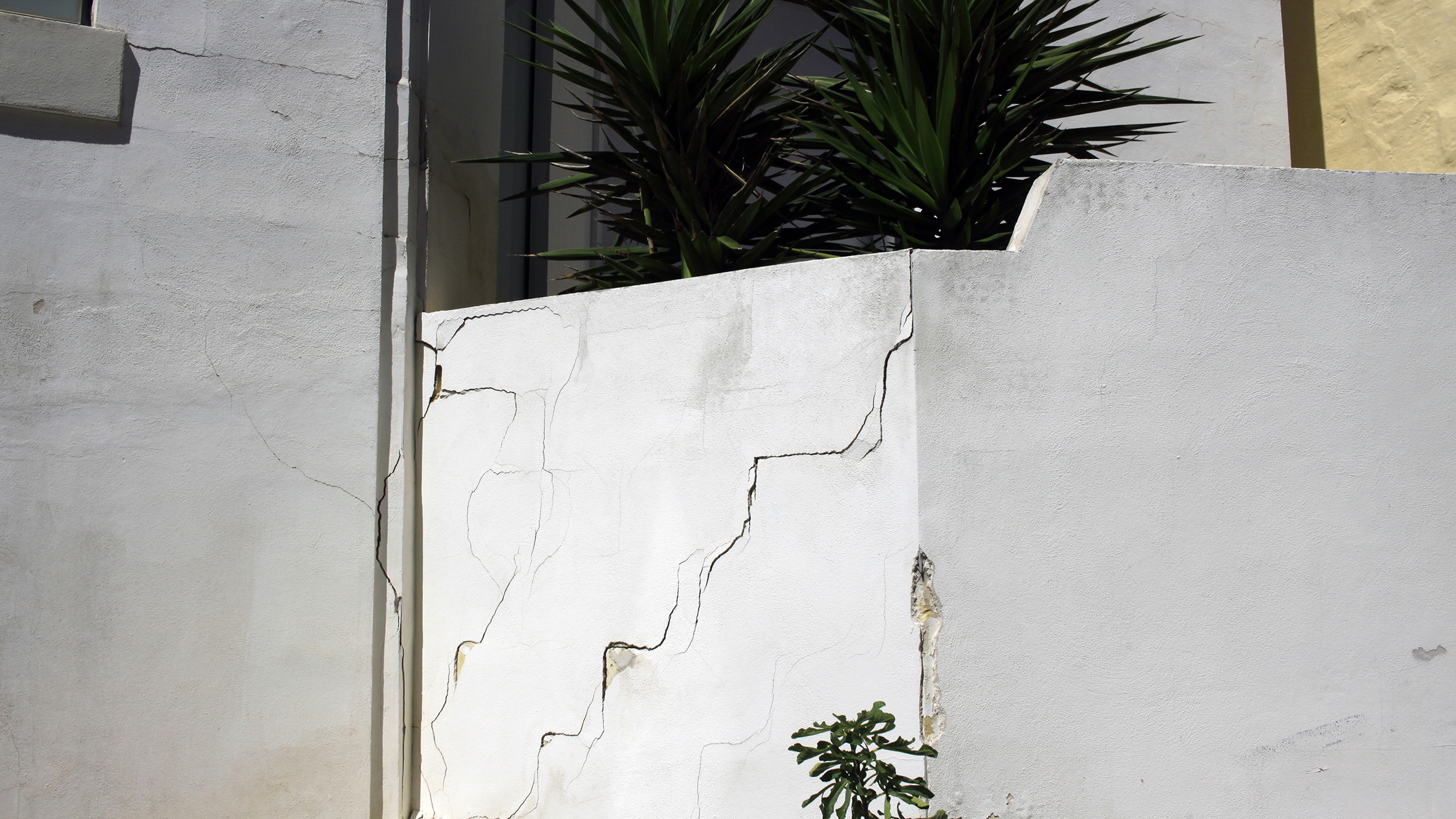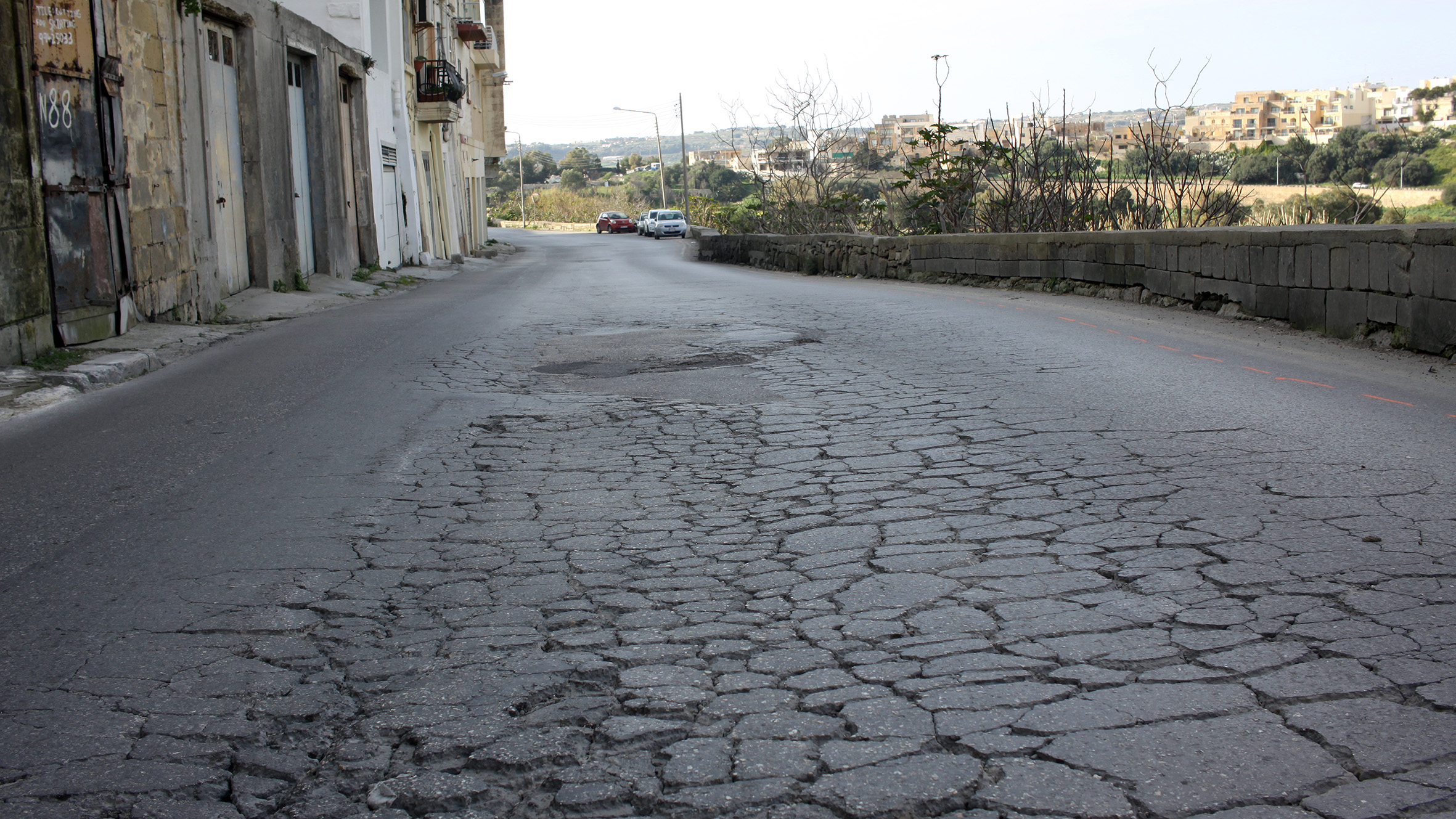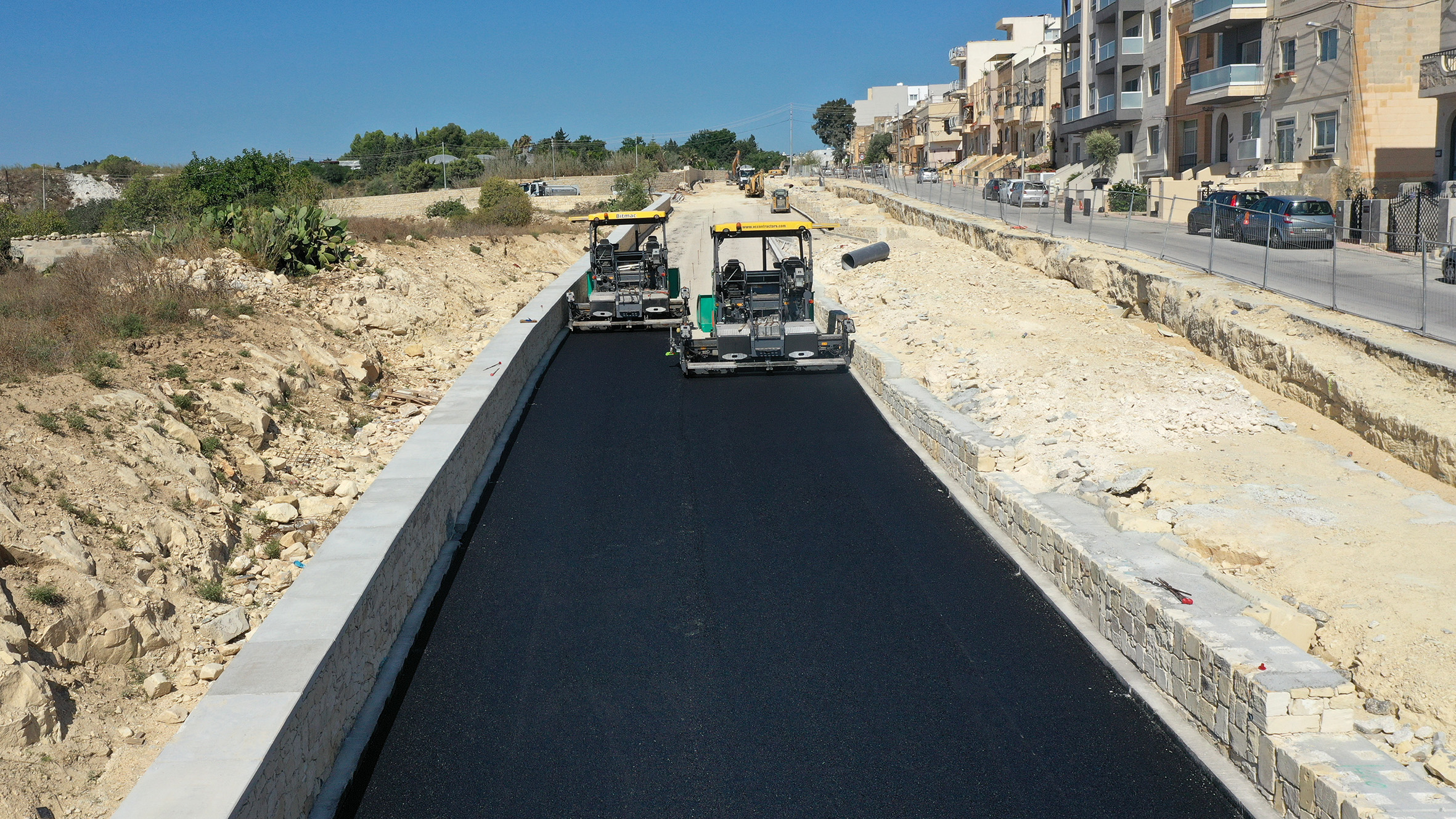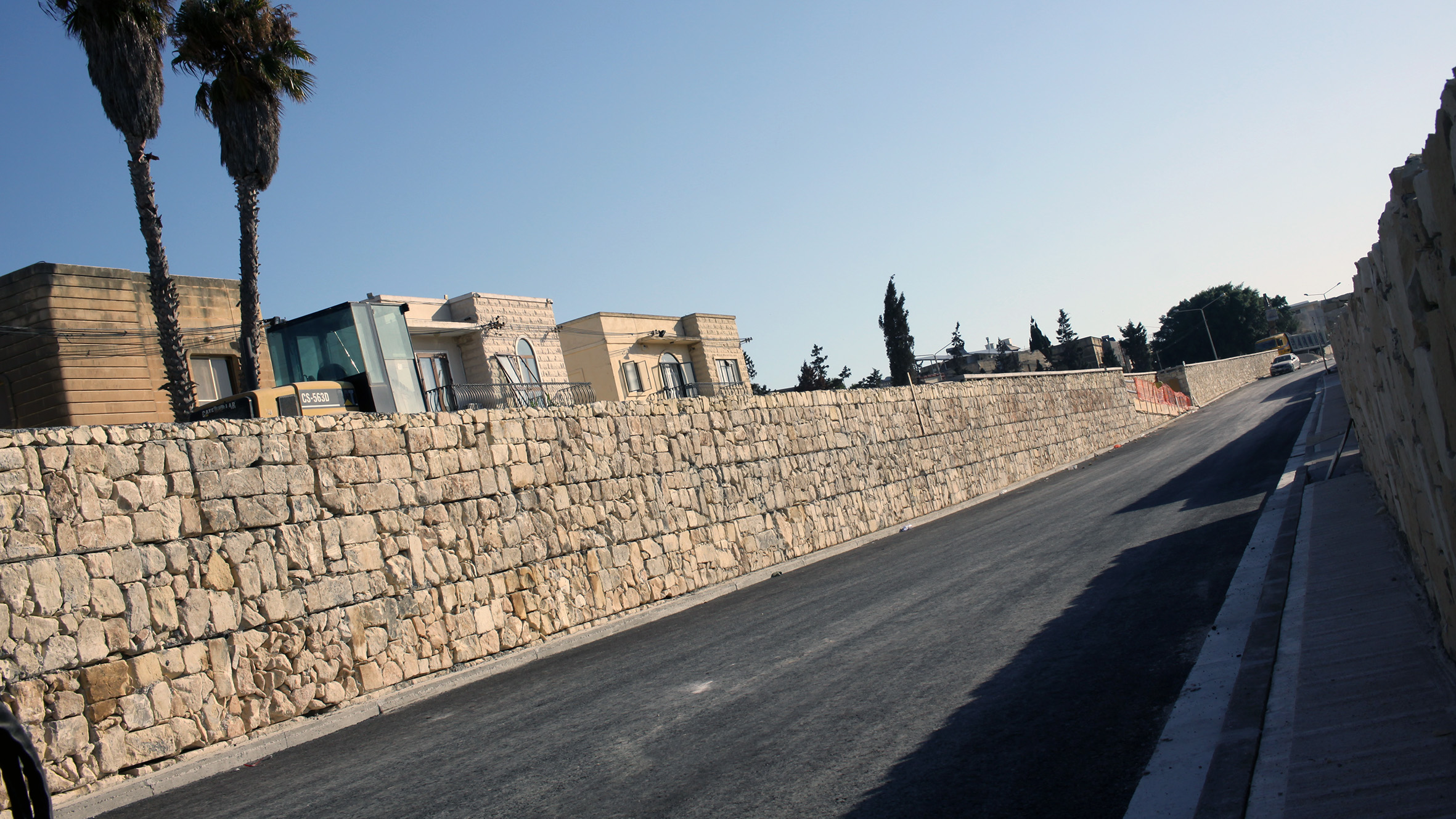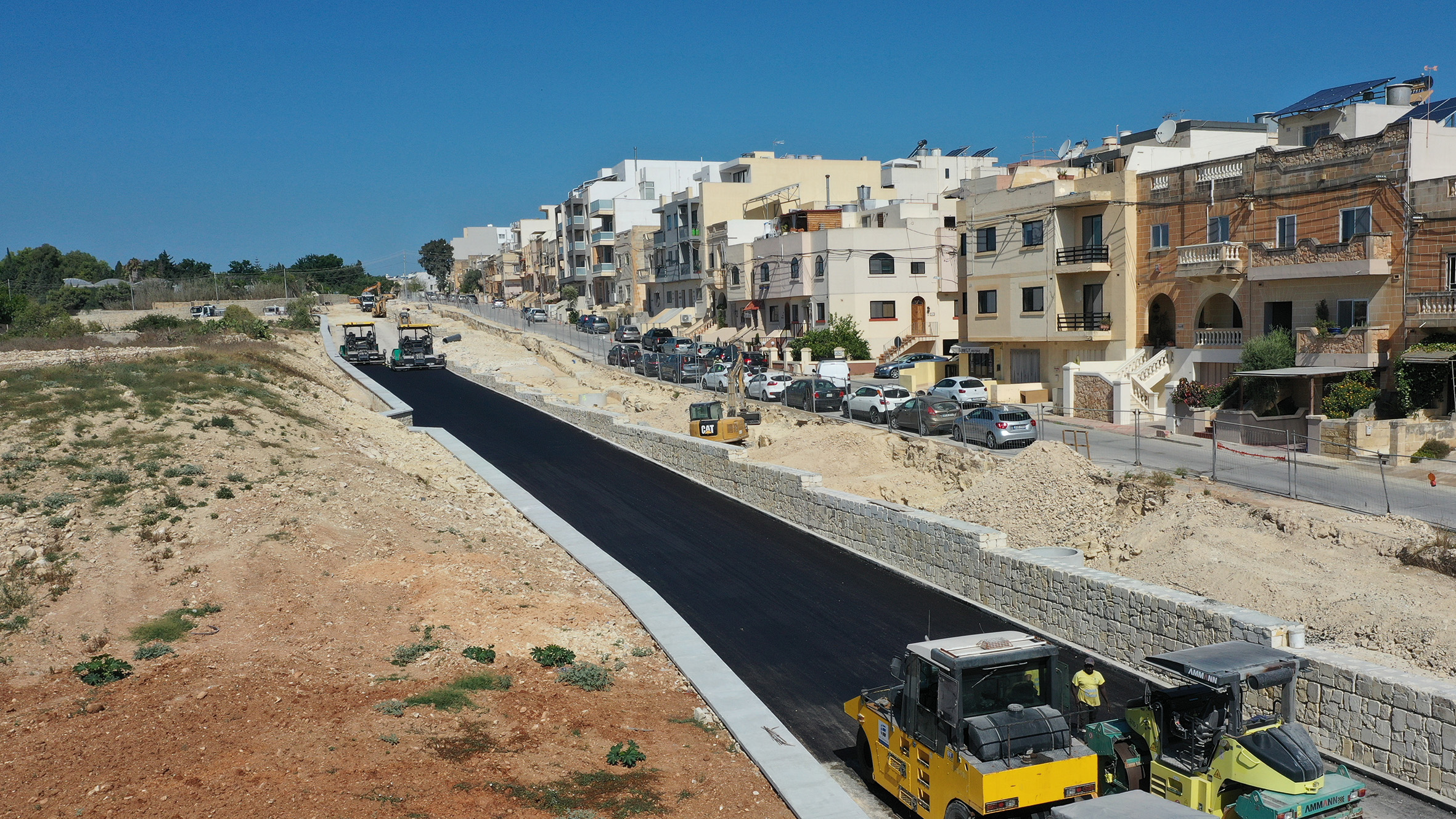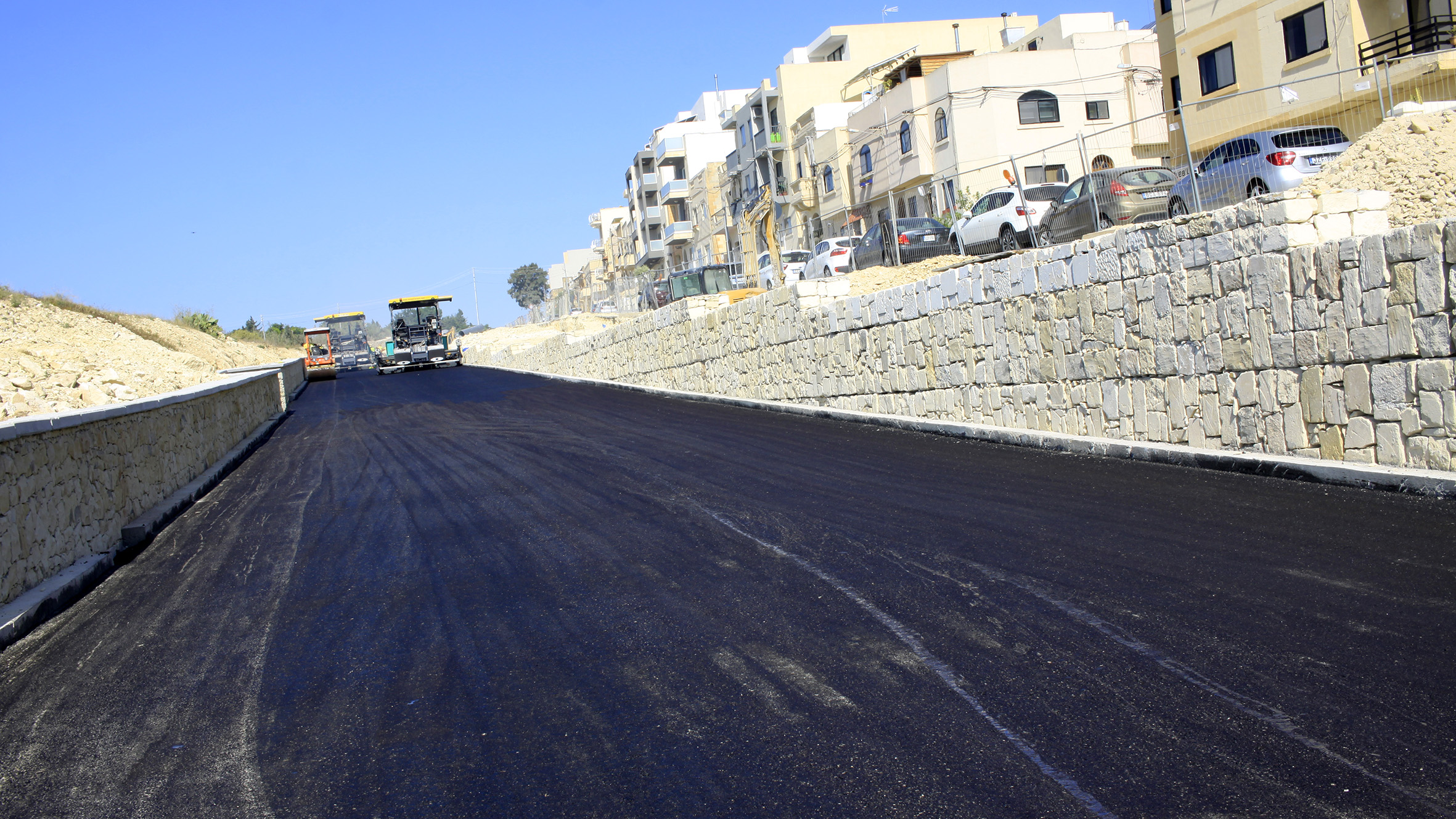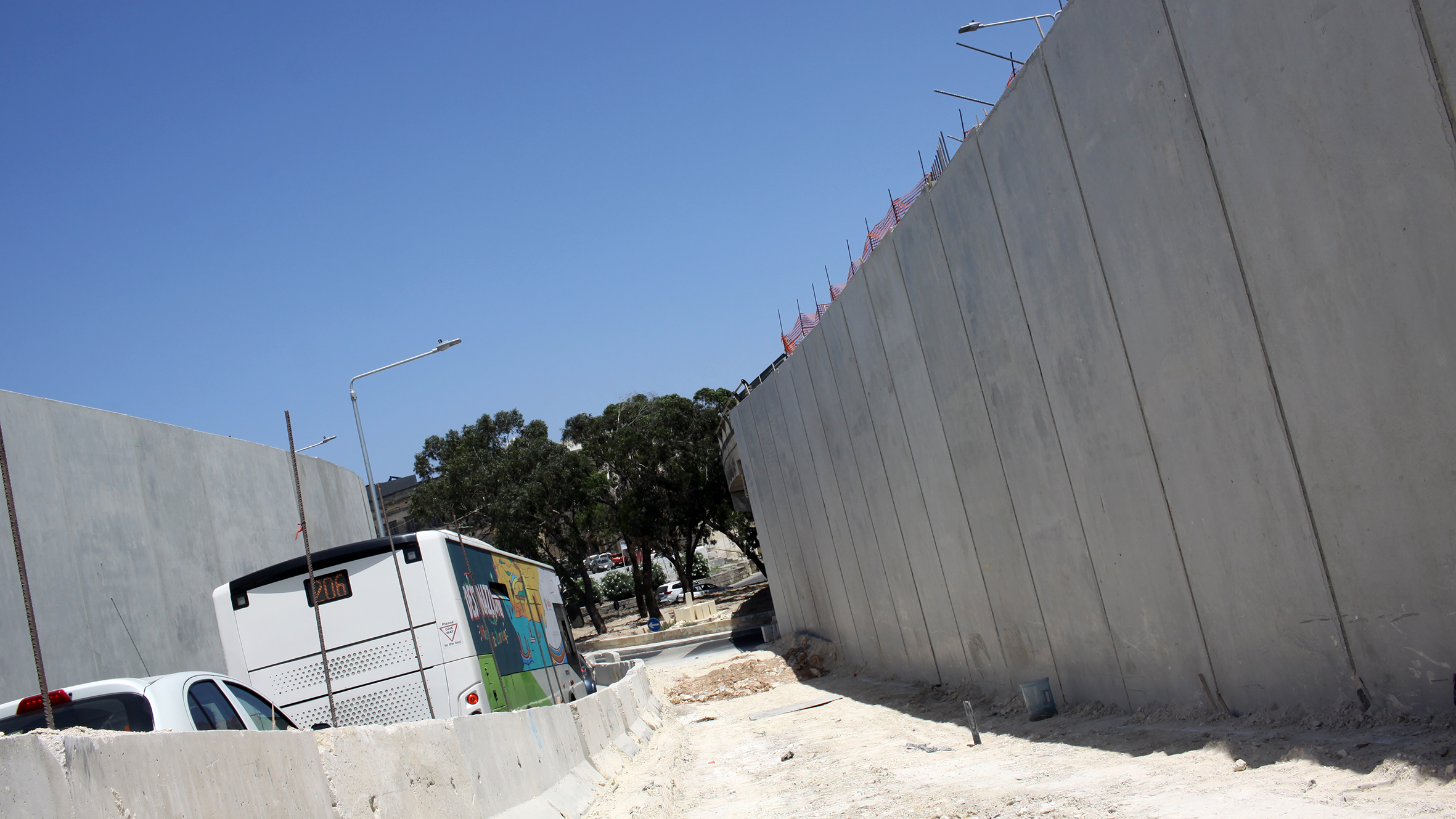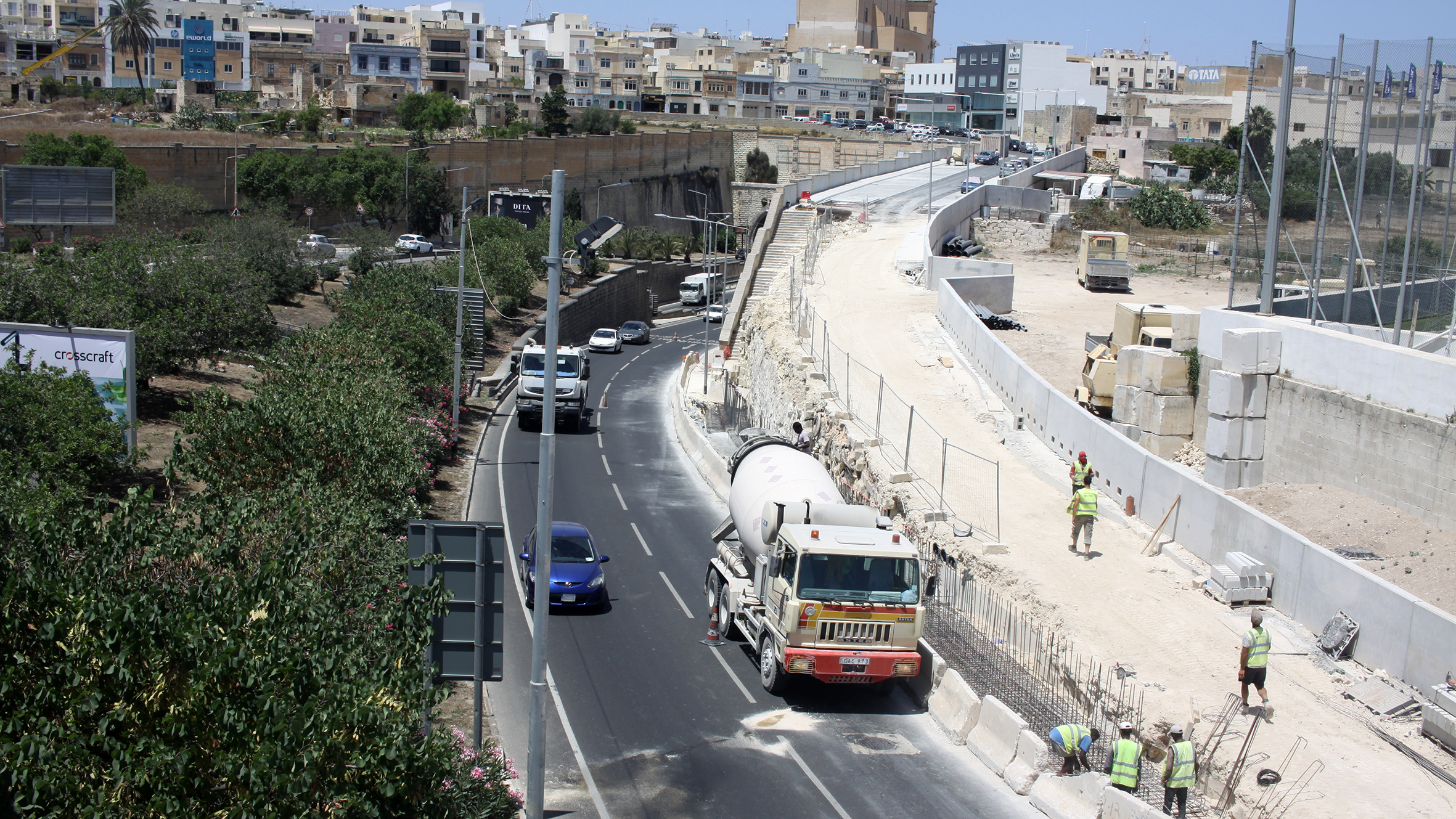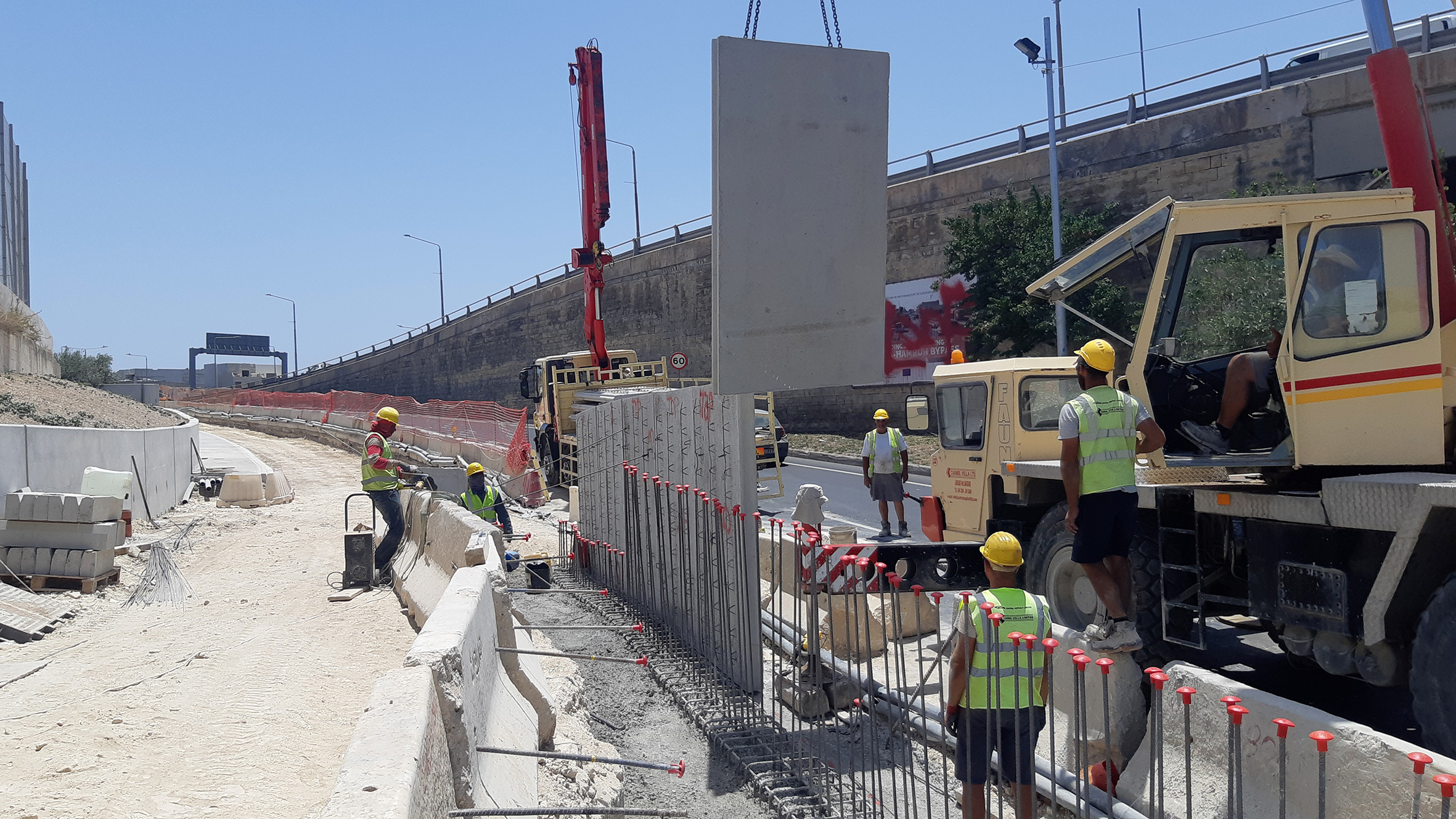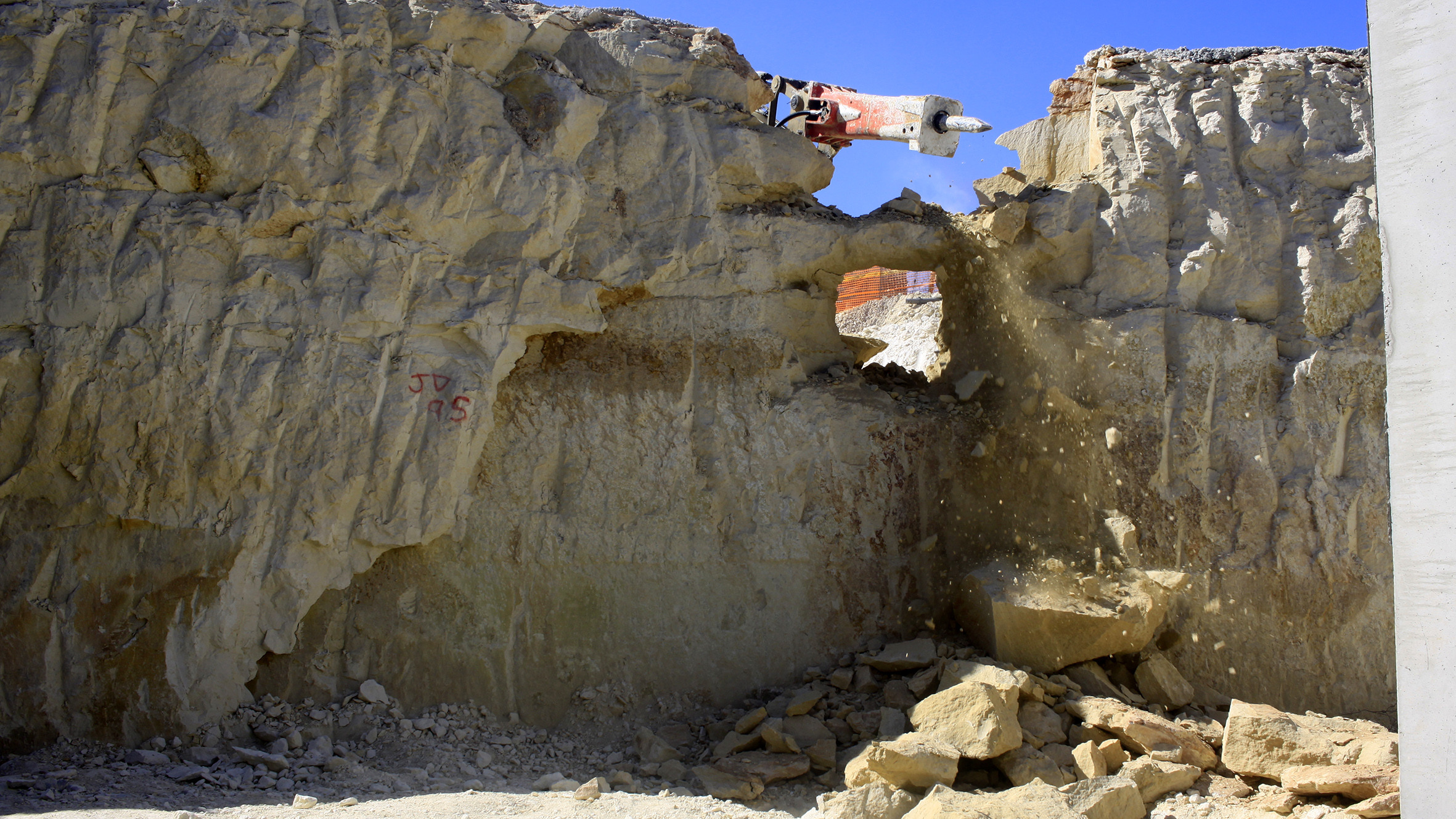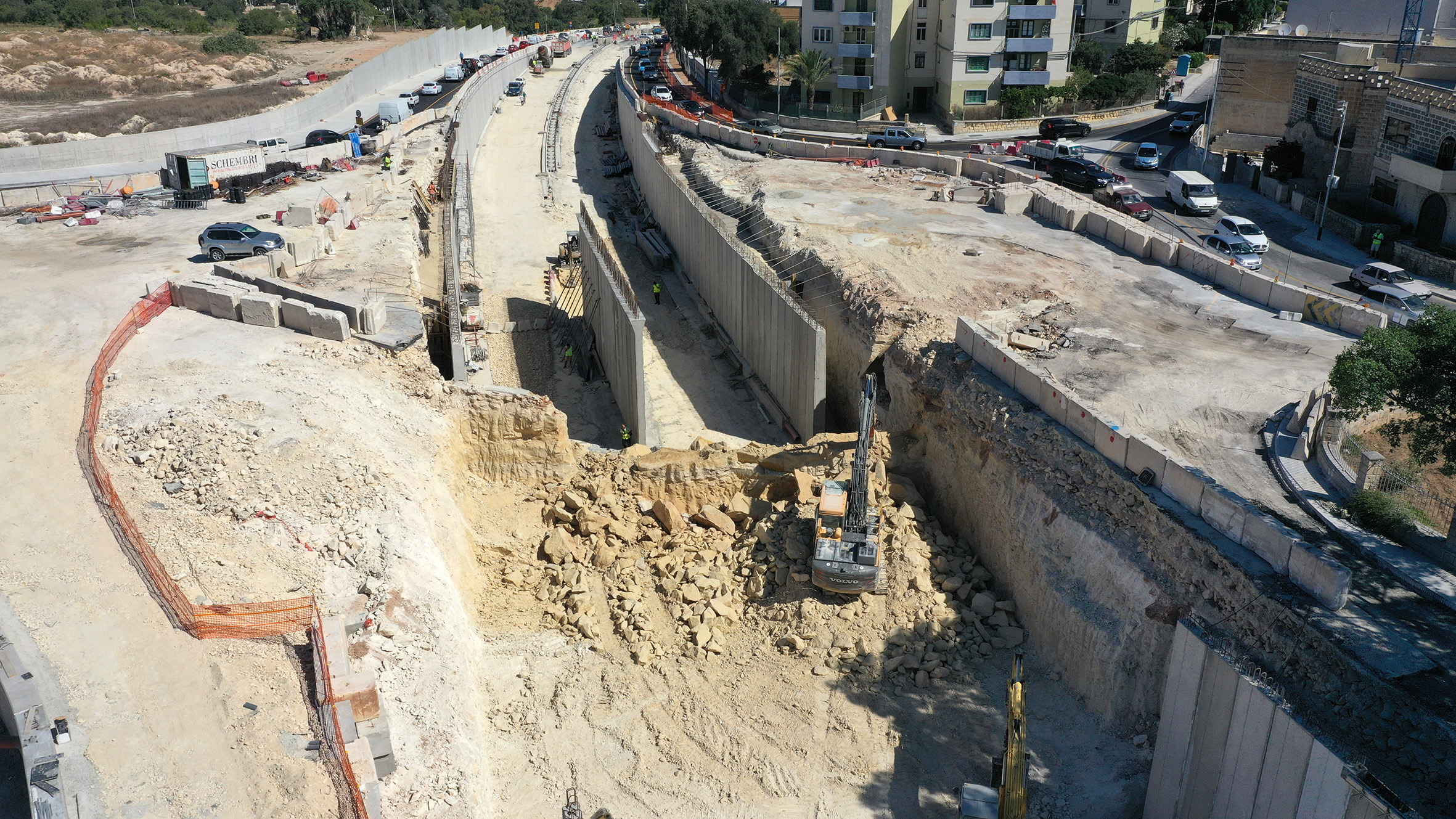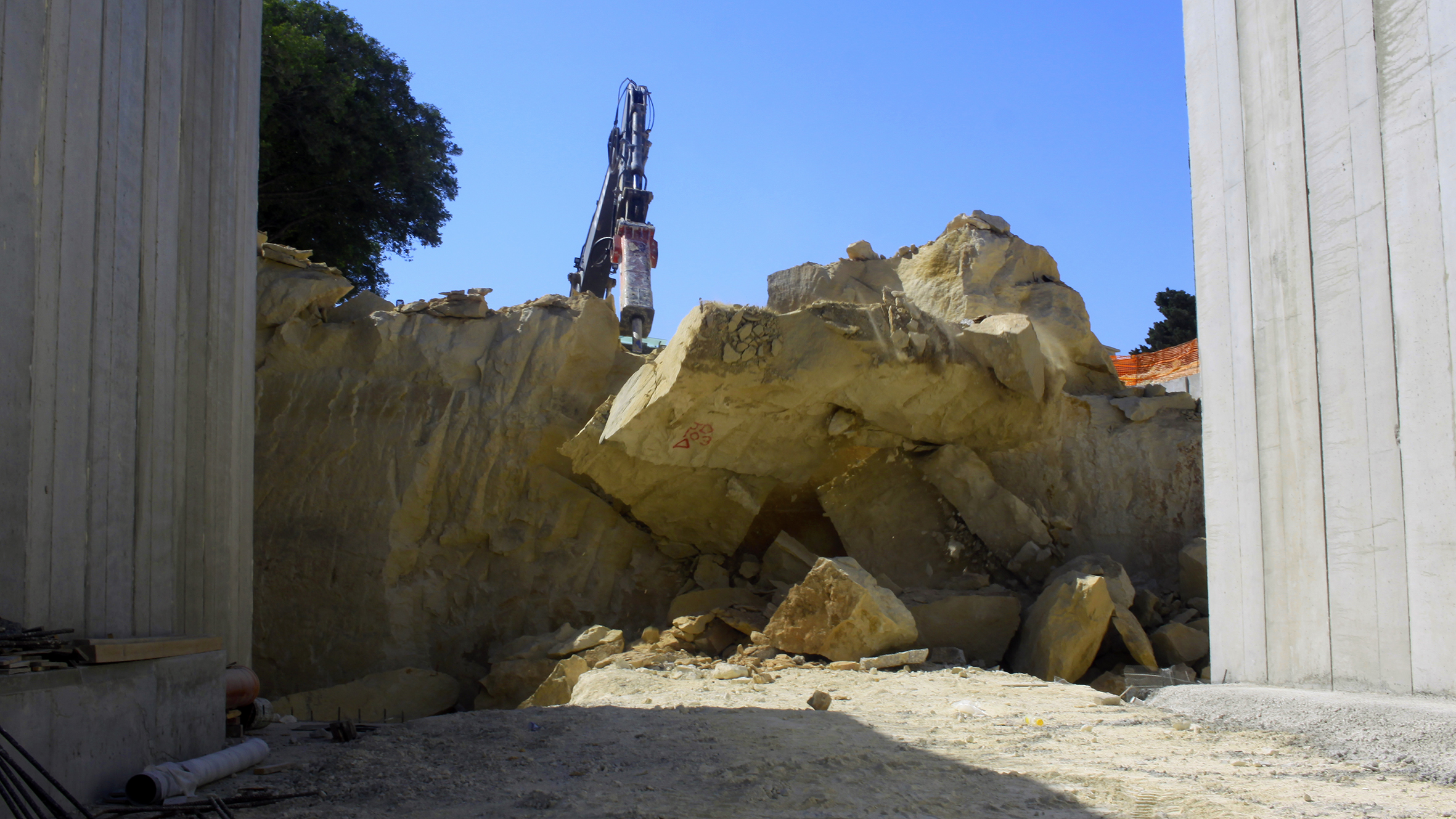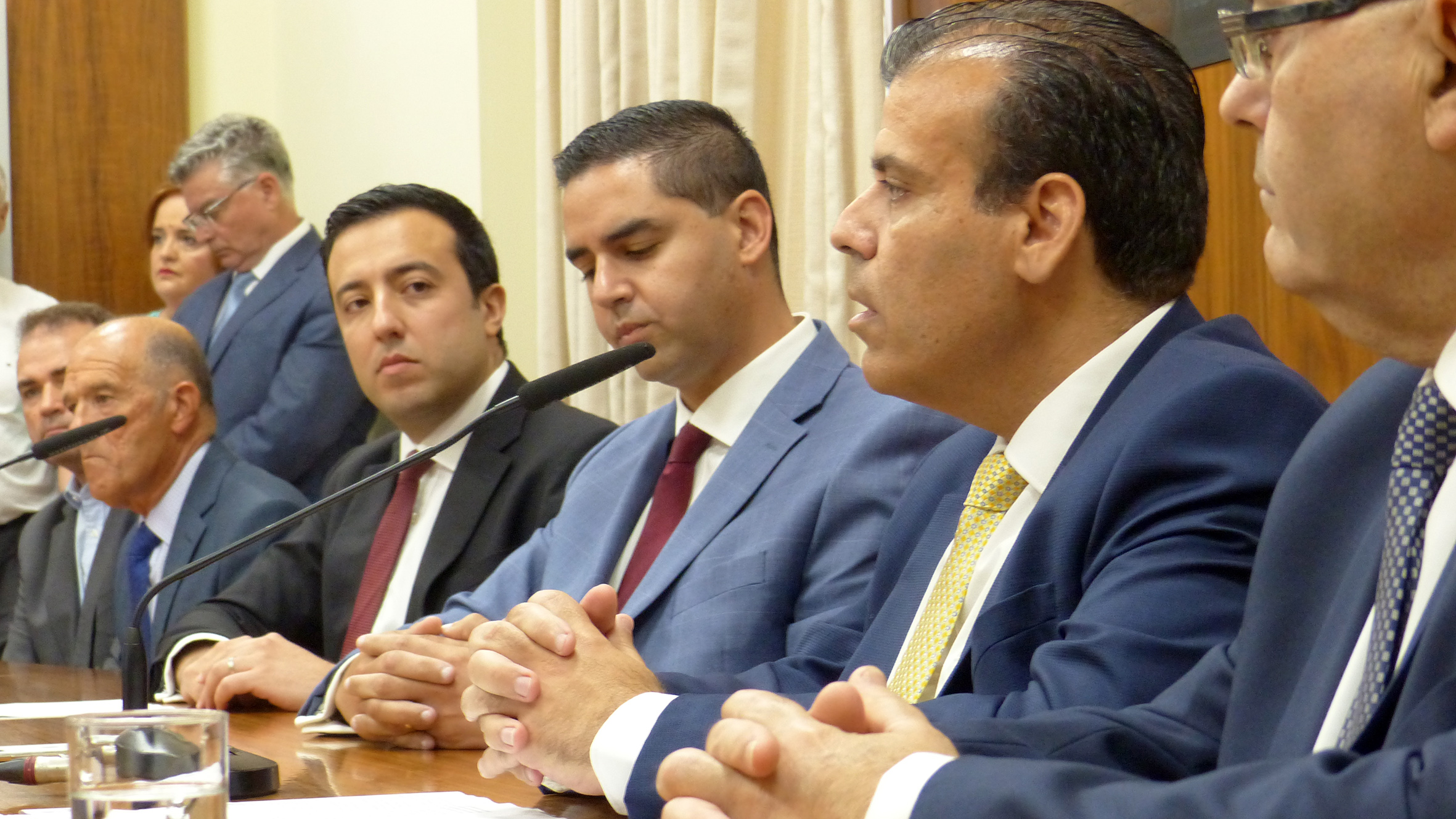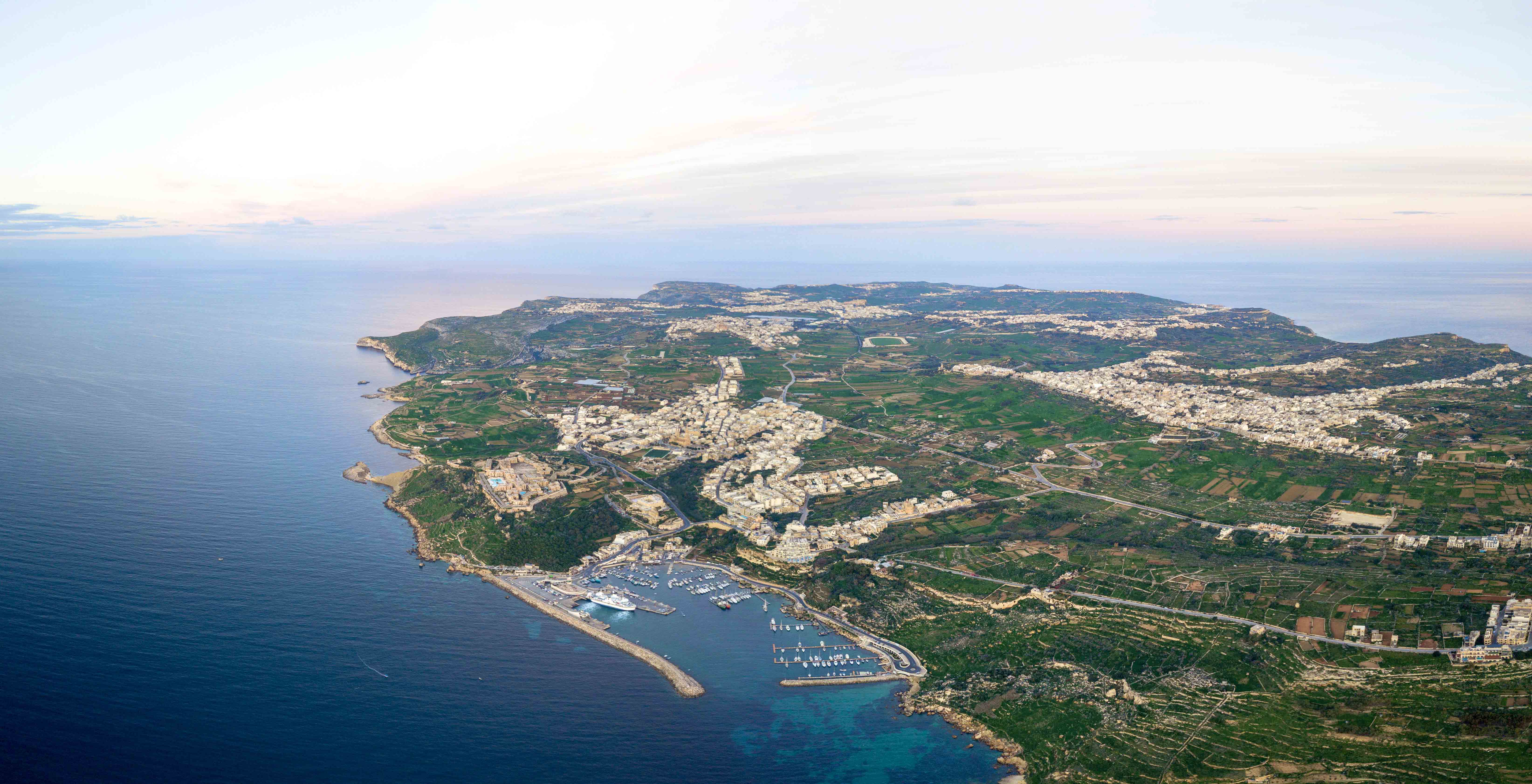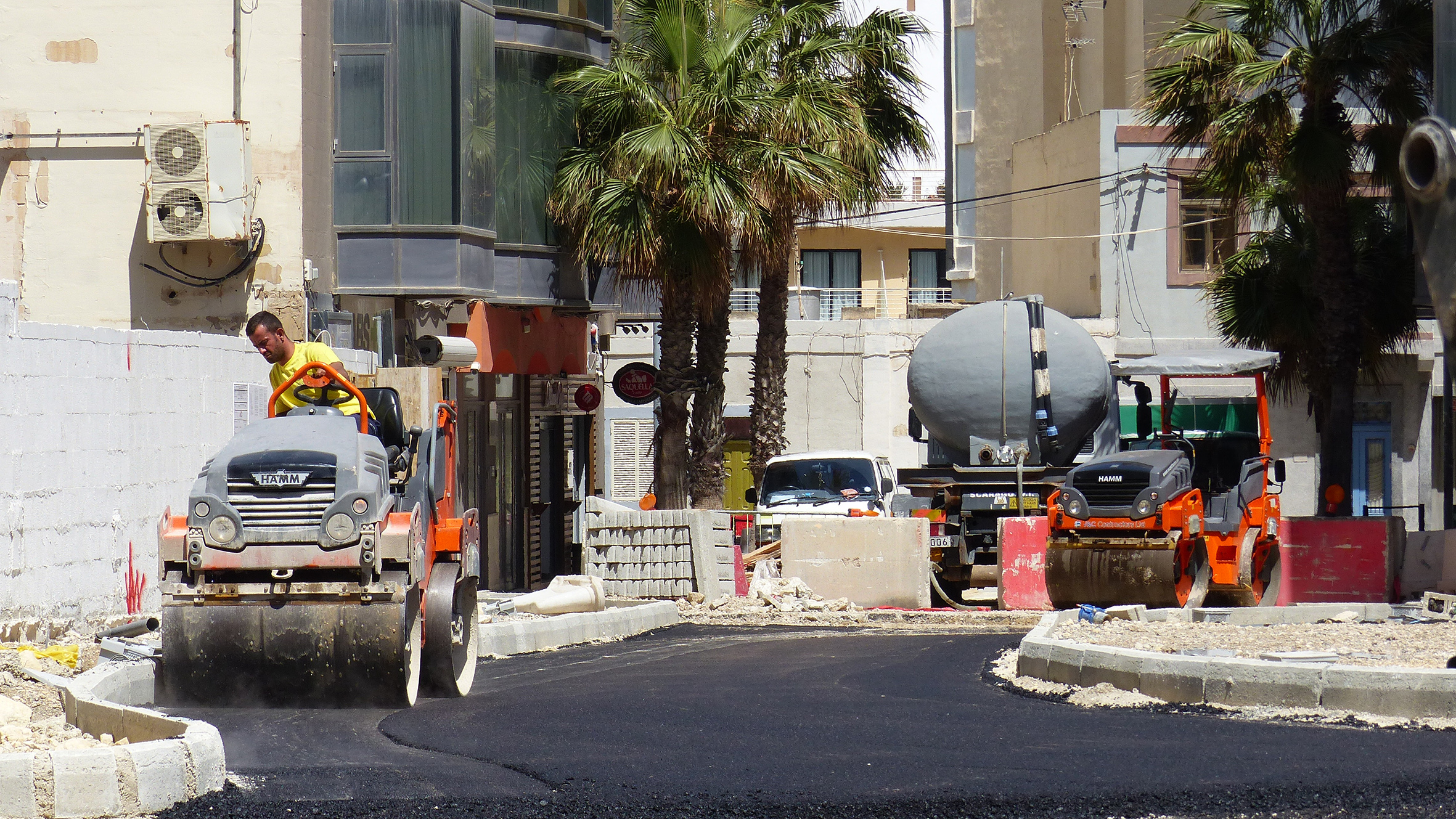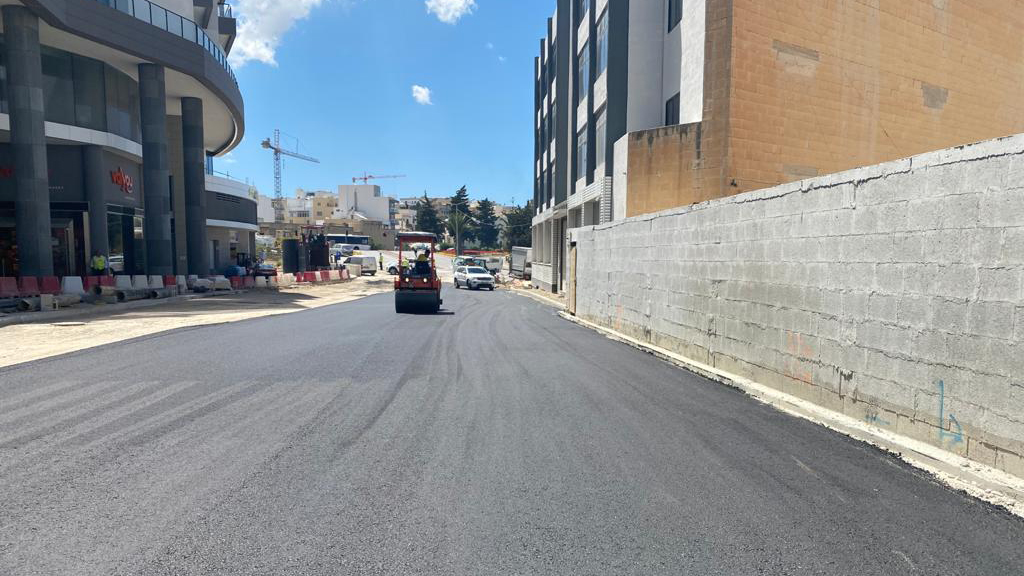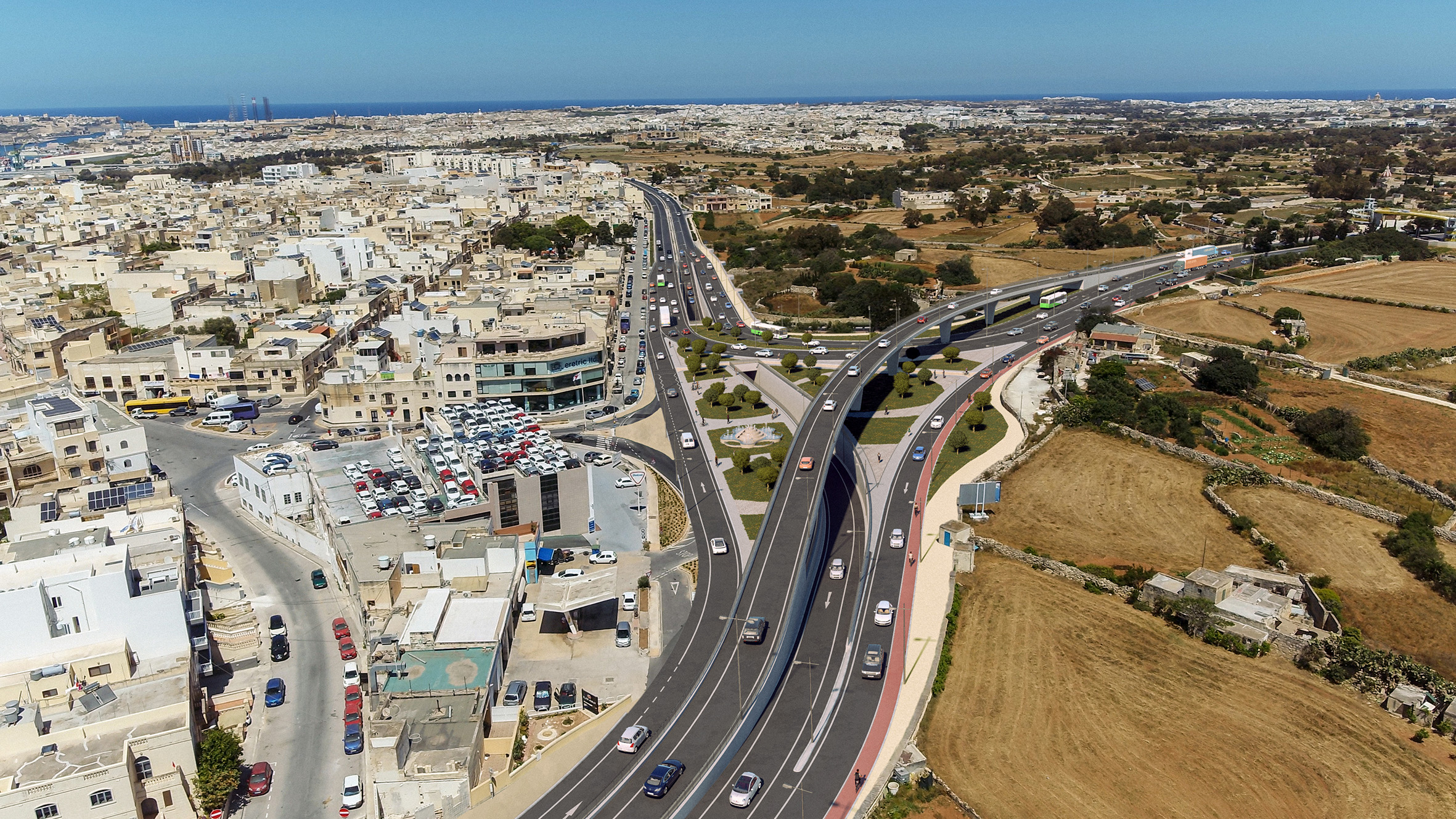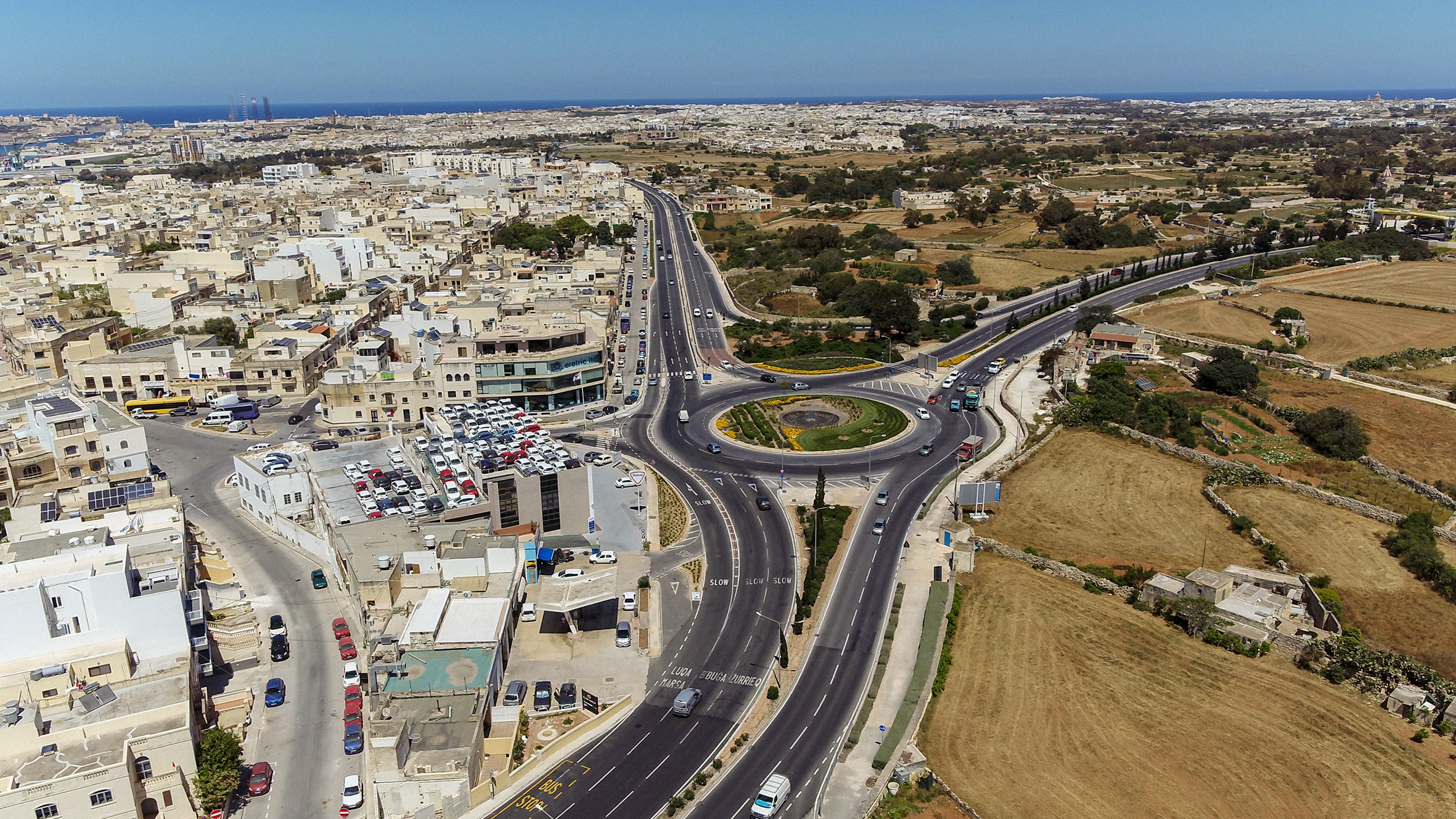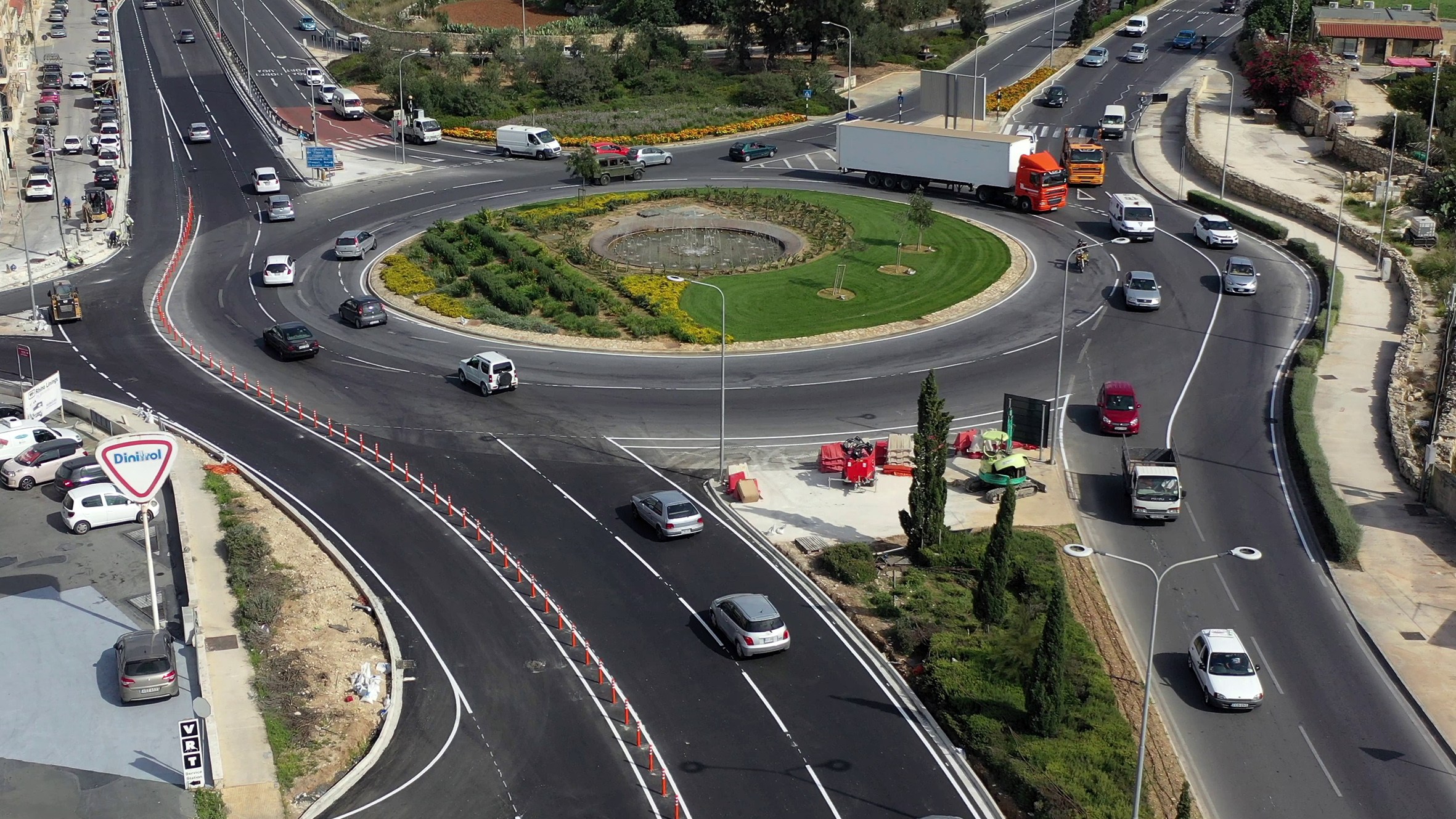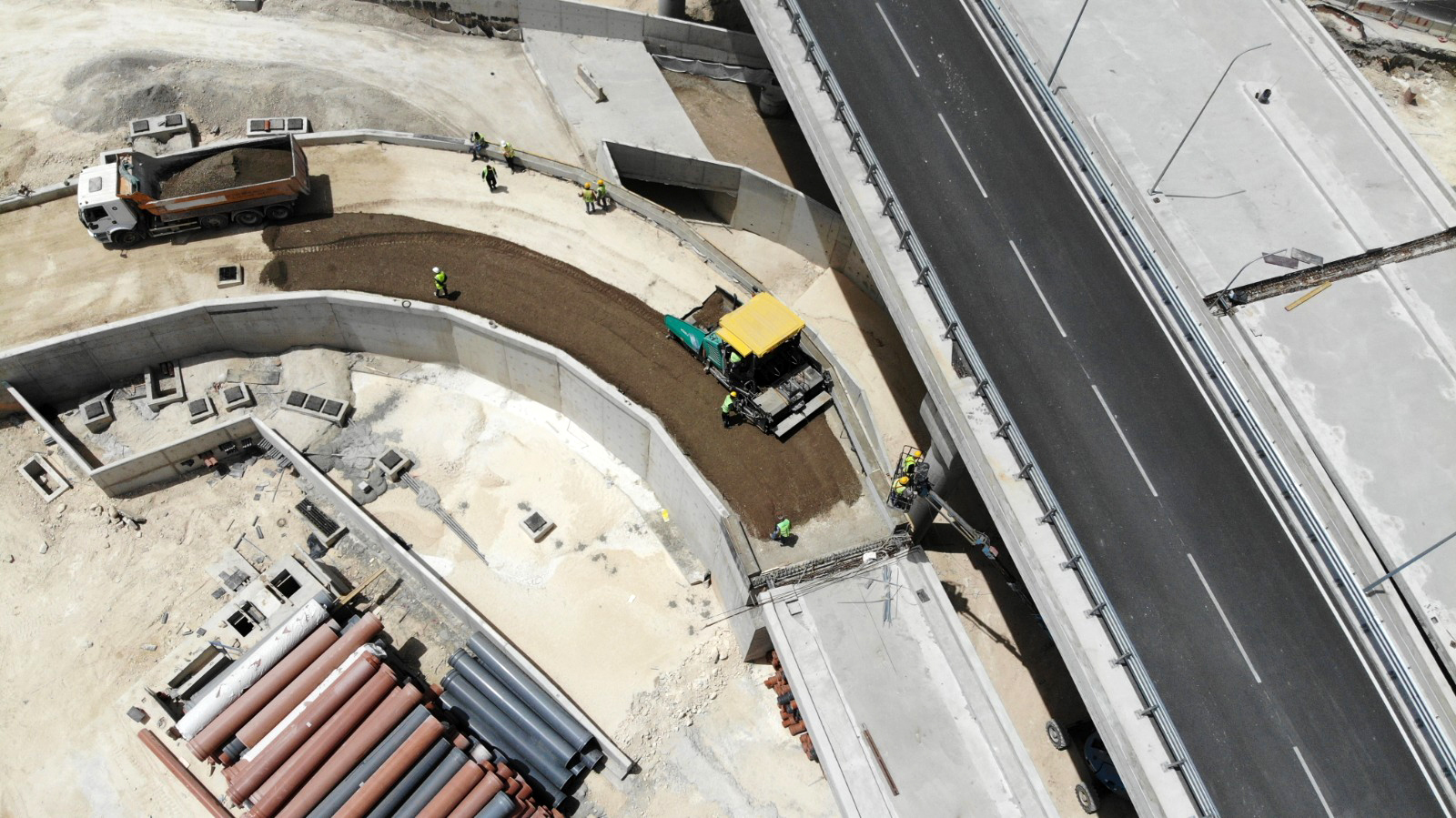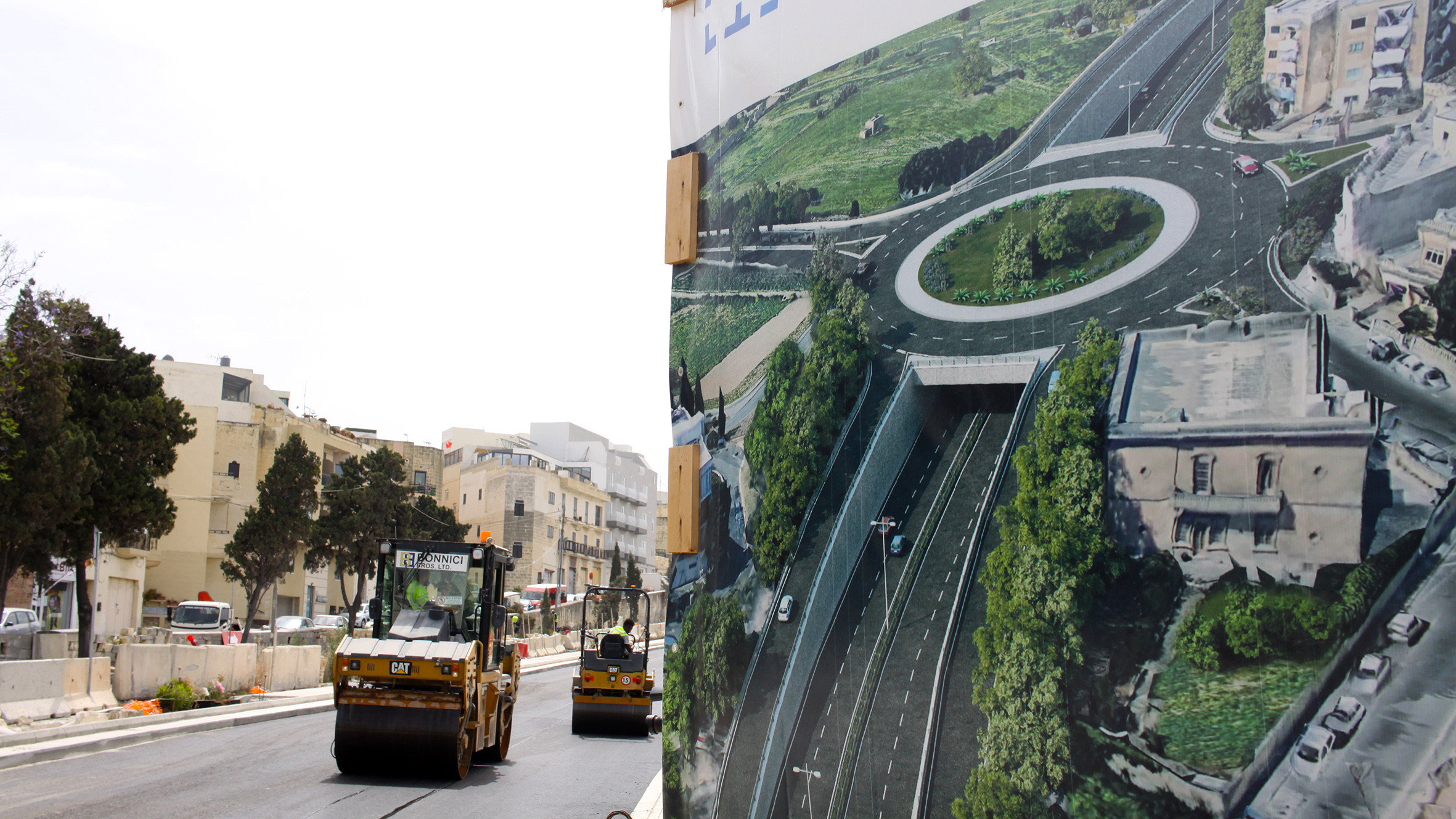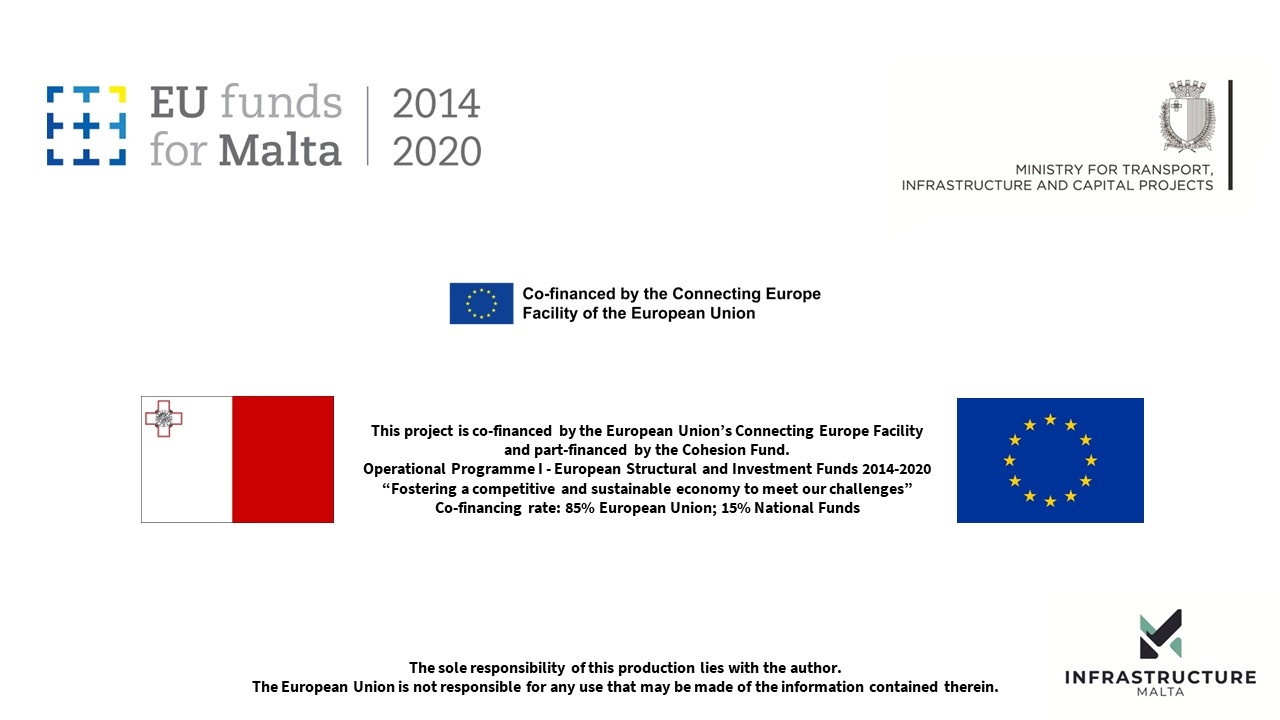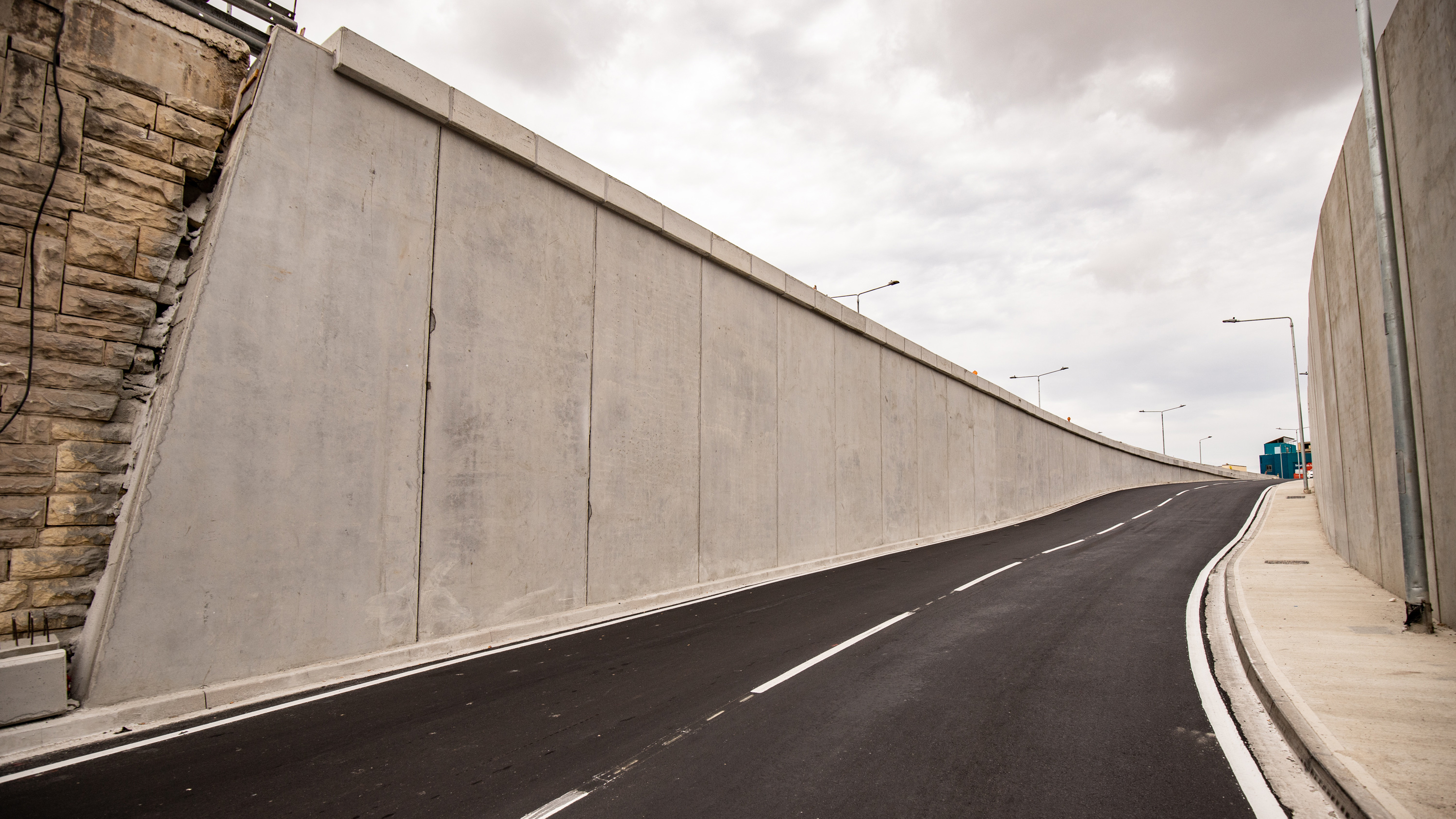
Infrastructure Malta opens new Marsa-Hamrun Bypass slip roads
Infrastructure Malta opened new slip roads and lanes linking the Marsa-Hamrun Bypass with nearby roads, as part of a €2.25 million project to improve connections between Birkirkara, Santa Venera, Hal Qormi, Hamrun and Marsa.
The new connections include a slip road from Il-Kanun Road, Santa Venera to the southbound carriageway of the Bypass and a second lane in the off-slip from the same carriageway towards Hal Qormi Road, in the direction of Hamrun or Qormi. They introduce a more efficient alternative to existing routes through narrower streets in the same area, shifting through traffic from nearby residential zones to the arterial road network. This investment will cut journey times in this area whilst reducing accident risks and improving air quality for many families living in nearby streets.
The new lanes are now open to road users as the project nears its completion. In recent months, the agency widened the scope of the project to rebuild the Marsa-Hamrun Bypass flyover wing walls and sections of the retaining wall of the Santa Venera Tunnels’ southbound exit ramp, in the same area. These structures were built decades ago and needed extensive repairs and reinforcements to avoid the risk of collapse or other public safety risks.
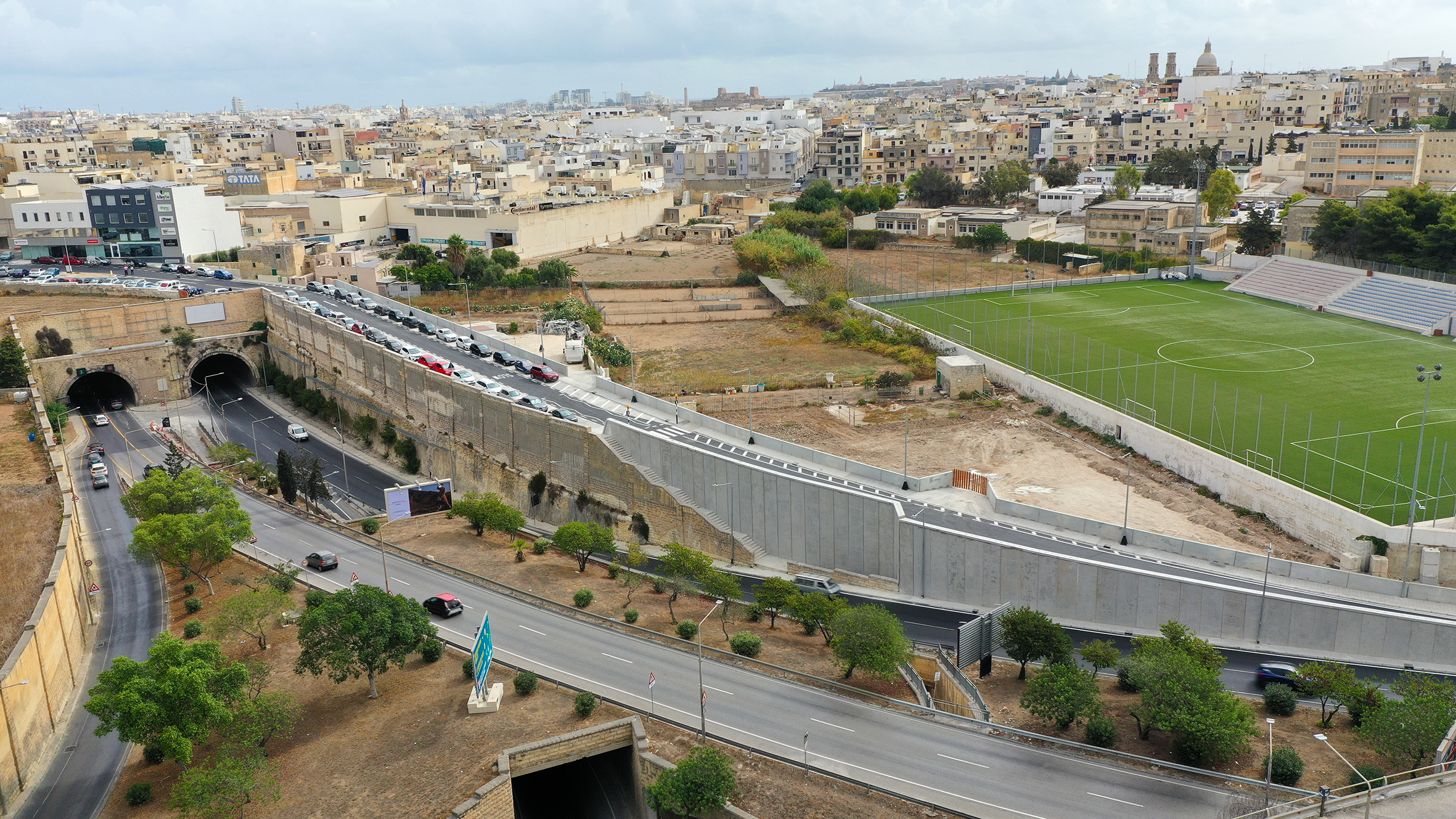
Two of the flyover wing walls and the tunnel exit ramp’s retaining wall are almost ready. To date, the project contractors built over 850 metres of new walls as part of this project, with some reaching up to 10 metres high. Lanes that were closed due to these reconstruction works have now been reopened. In the coming weeks Infrastructure Malta will rebuild the remaining wing walls, adding up to another 170 metres of vertical precast concrete structures. Its contractors will then modify and resurface the roundabout beneath the flyover, to complete the project by the end of the year.
The Marsa-Hamrun Bypass brings together several arterial routes of the European Union’s Trans-European Transport Network (TEN-T) in Malta. The ongoing project to improve its connections with nearby localities is augmenting the benefits of another €5 million investment to reconstruct and widen this road in 2018.
The project extends from Il-Kanun (Cannon) Road, Santa Venera, along the southbound carriageway of the Bypass, to the multi-level roundabout and flyover junction connecting it to Hal Qormi Road, Qormi (near the Maltapost offices).
Workers rebuilt and extended an existing, disused road next to the Bypass to connect Il-Kanun Road, in Santa Venera, with the southbound carriageway of the Marsa-Hamrun Bypass. This new on-slip creates a quicker connection from Qormi, Birkirkara, Hamrun, and Santa Venera towards Valletta and the south of Malta. It also provides an alternative to the existing route through the roundabout beneath the Mriehel Bypass flyover, in Qormi.
The other part of this project includes the new second lane along the off-slip connecting the Marsa-Hamrun Bypass to the Hal Qormi Road roundabout and flyover junction, facilitating access to Hal Qormi Road, towards Qormi and to the centre of Hamrun. To link the two new connections, Infrastructure Malta is also opening a fourth southbound lane along the Marsa-Hamrun Bypass. This lane was built when the road was reconstructed in 2018, in preparation for the new links. These upgrades are adding over 600 metres of lanes to the existing network, as well as new footpaths for safer pedestrian access.
Through a separate project launched a few months ago, Infrastructure Malta is currently also transforming the 350-metre wall built in 2018 along the side of the Marsa-Hamrun Bypass into Malta’s longest vertical garden. This long green wall along one of Malta’s busiest roads will feature thousands of evergreen indigenous plants irrigated through an automated system connected to a nearby reservoir.
